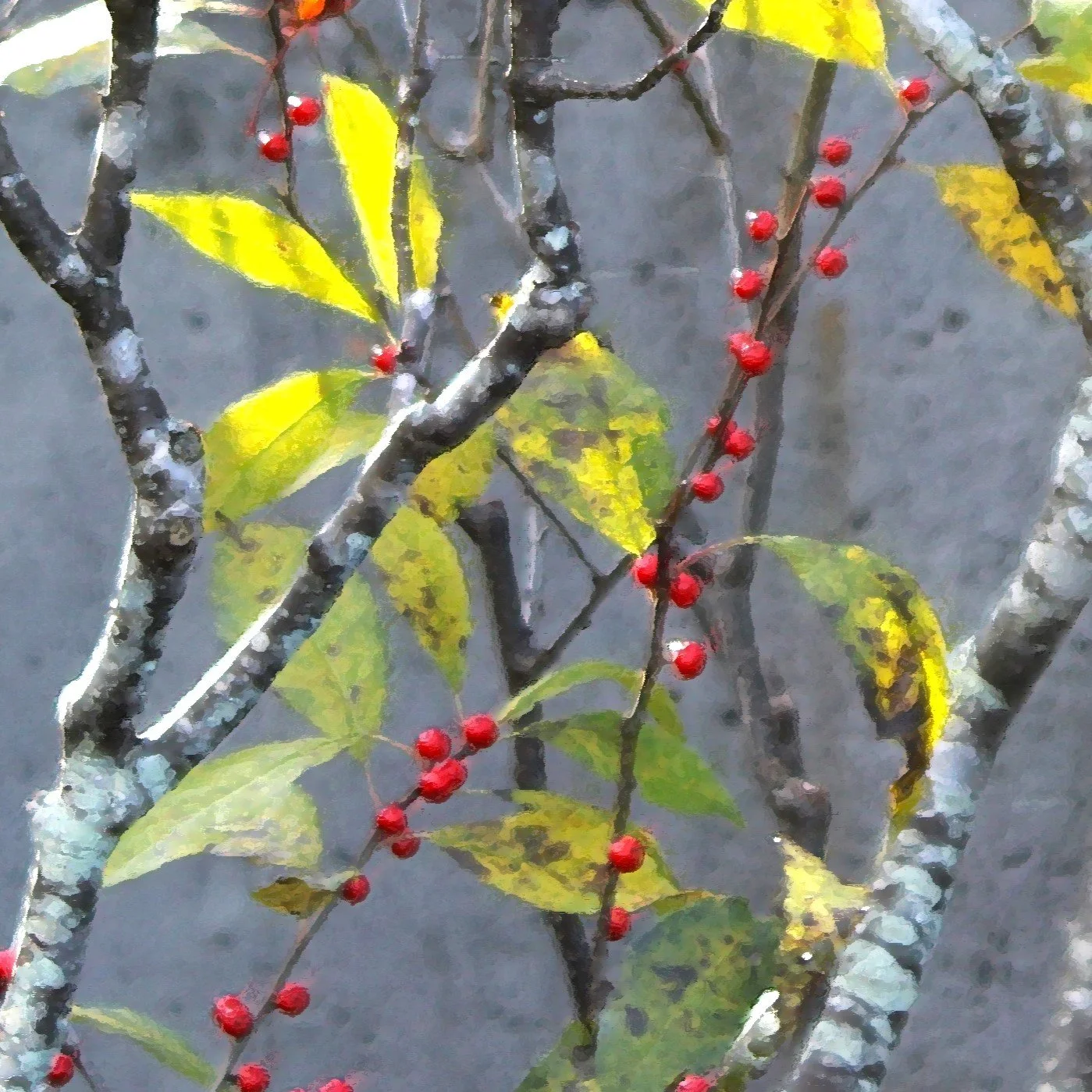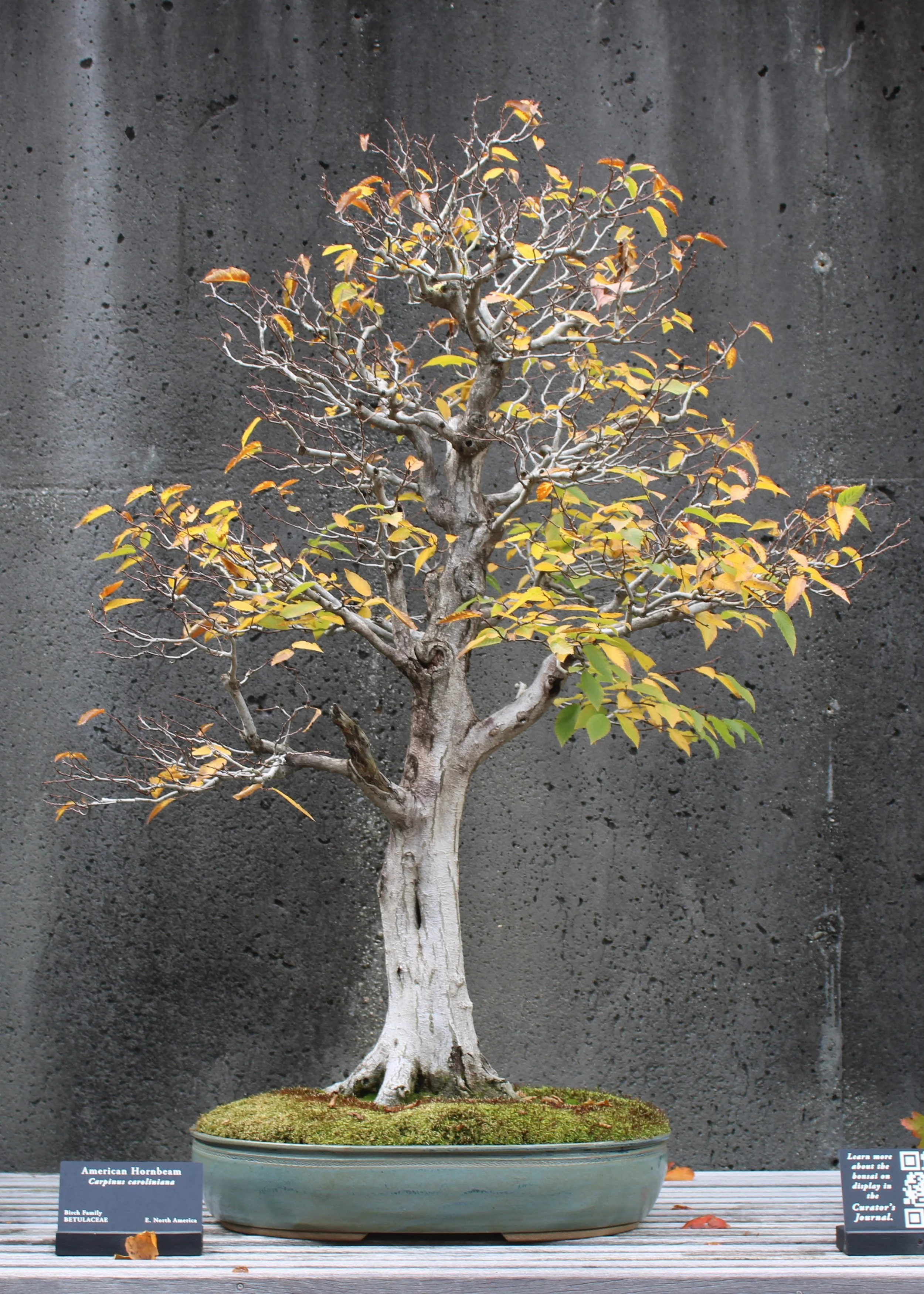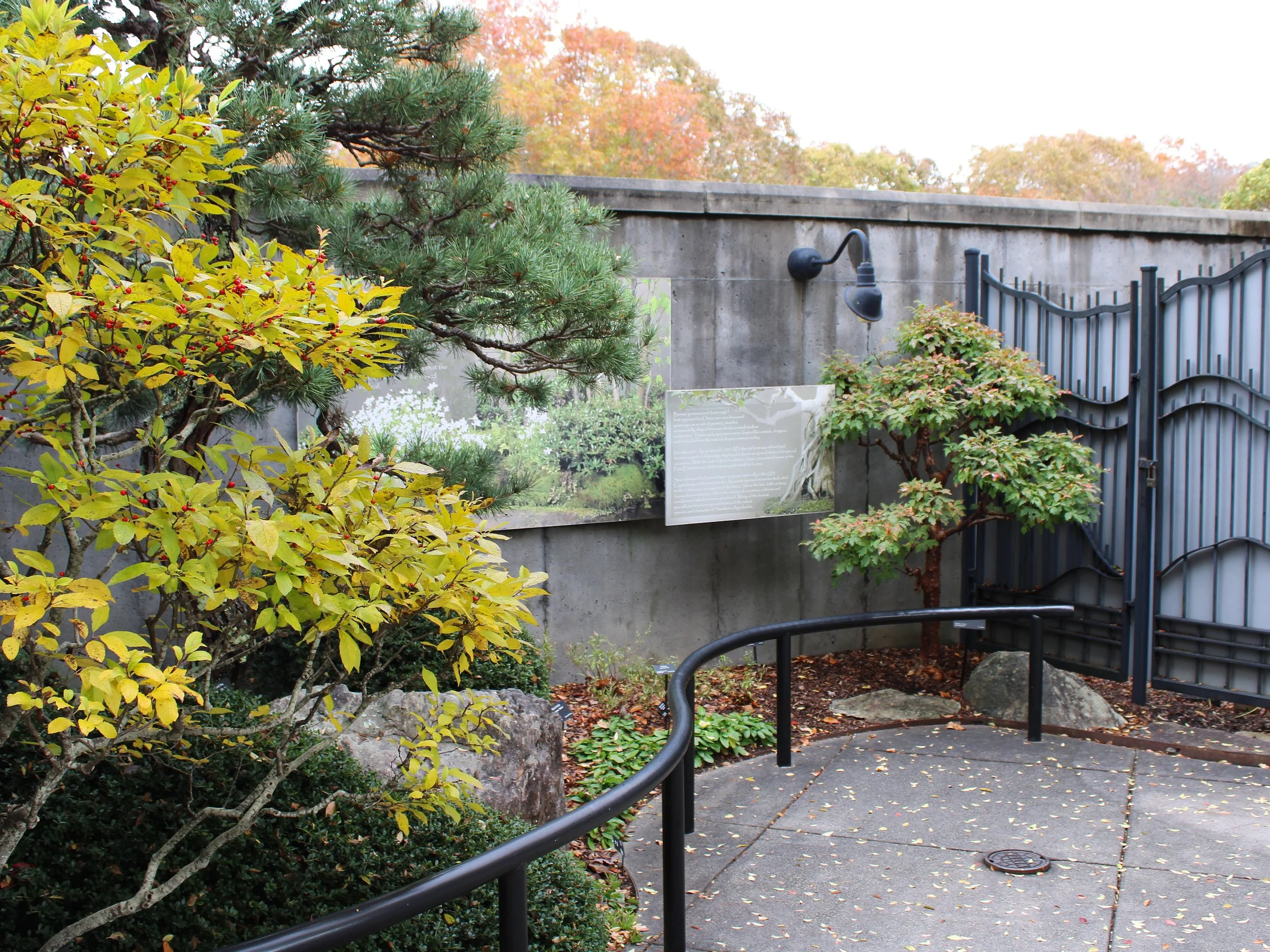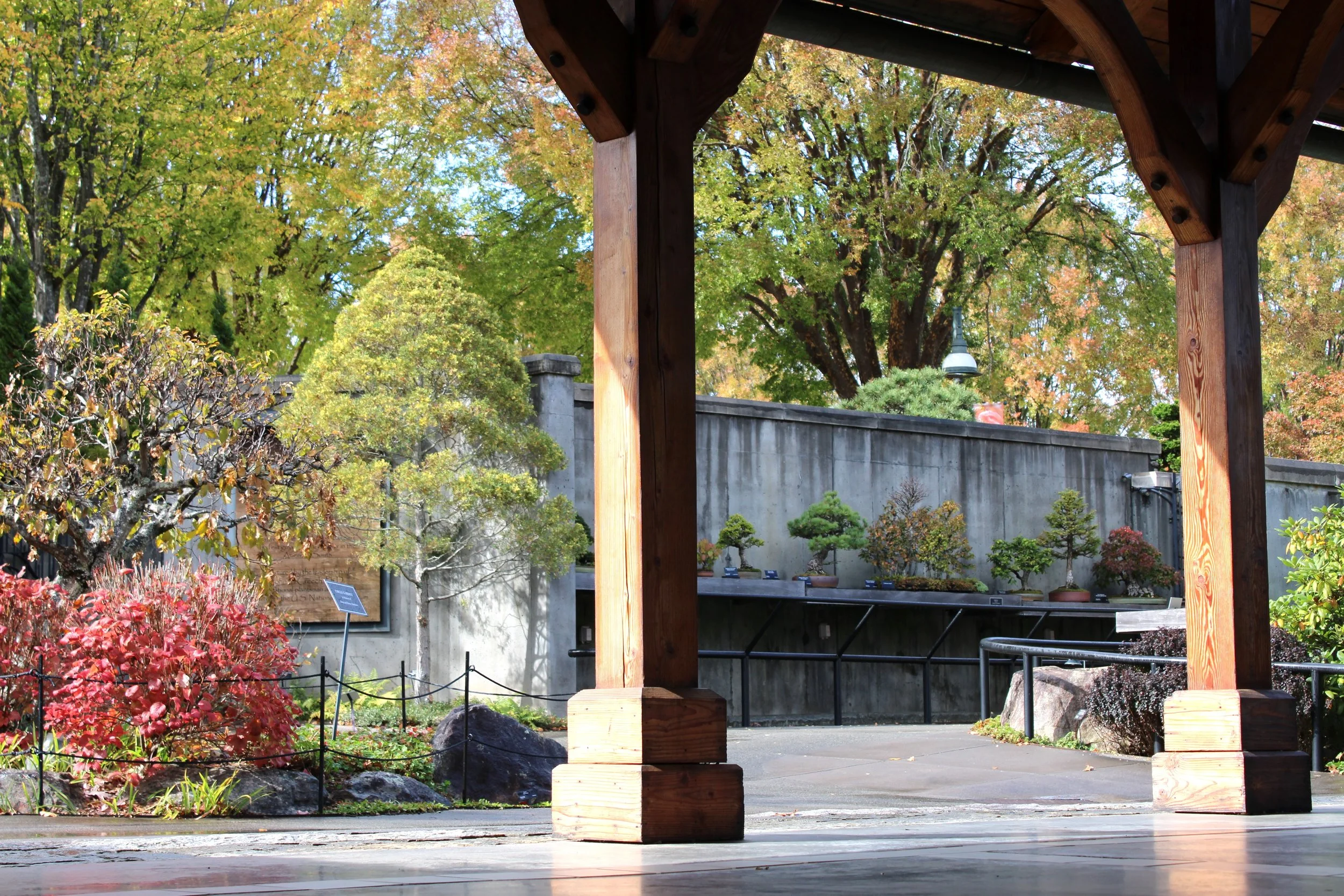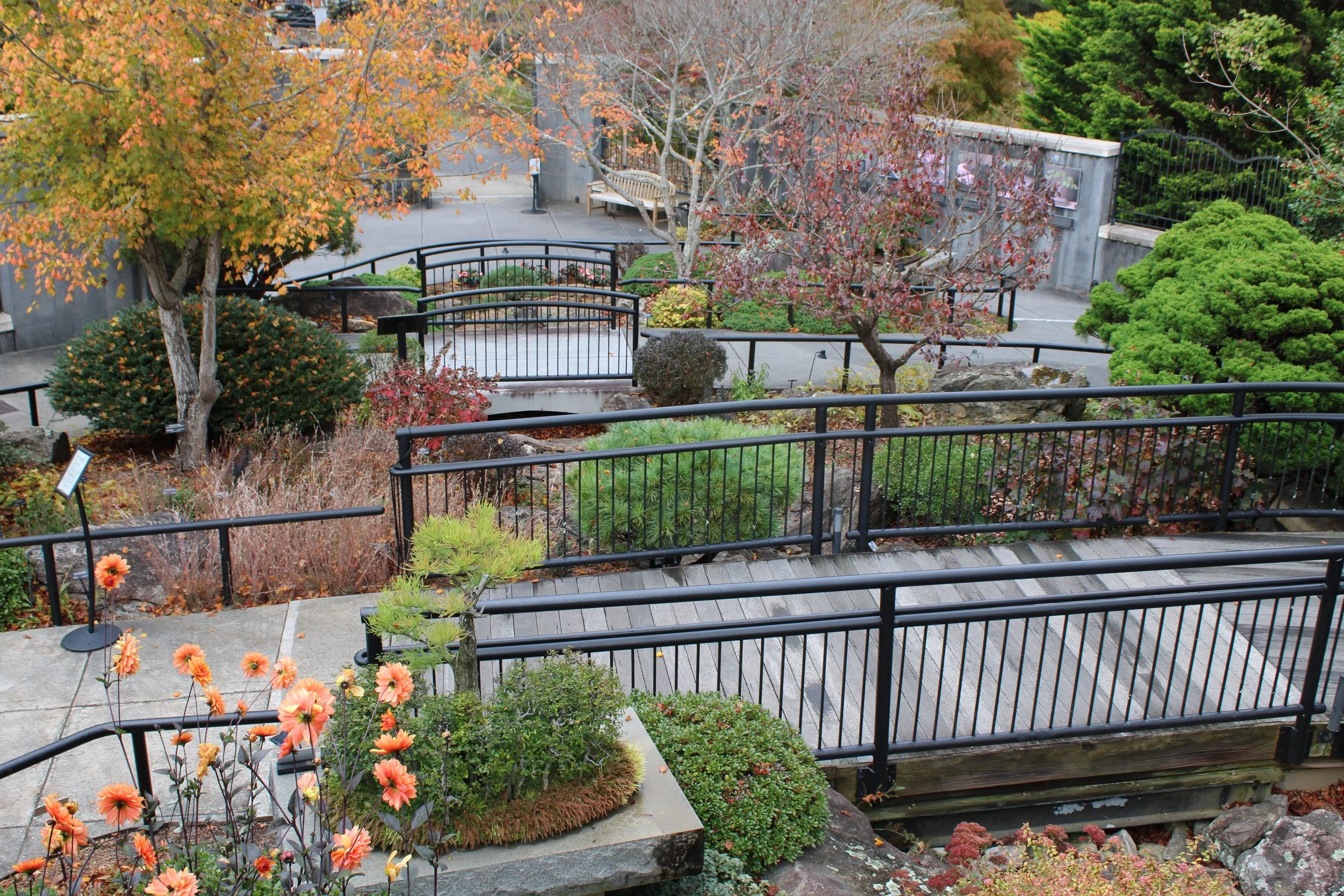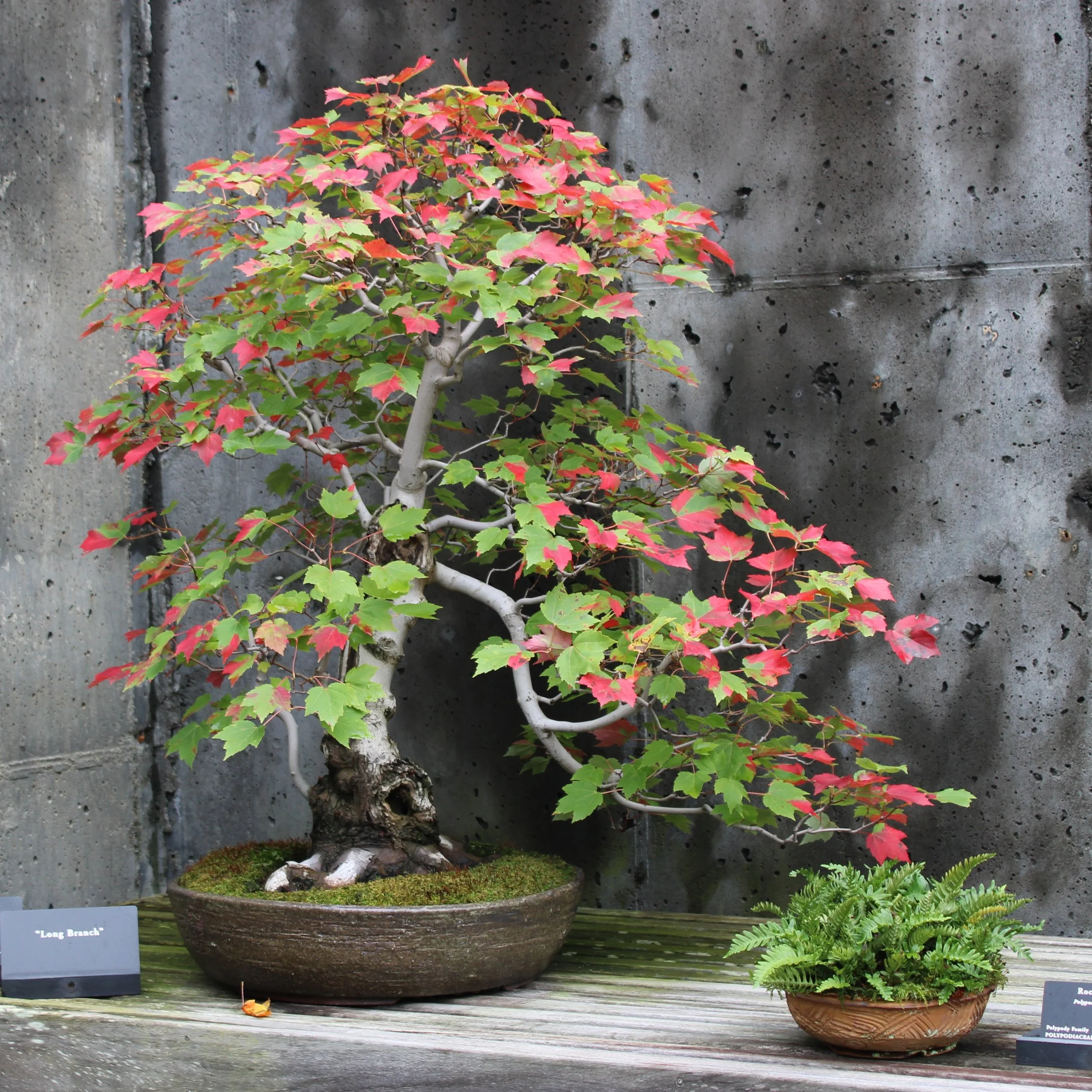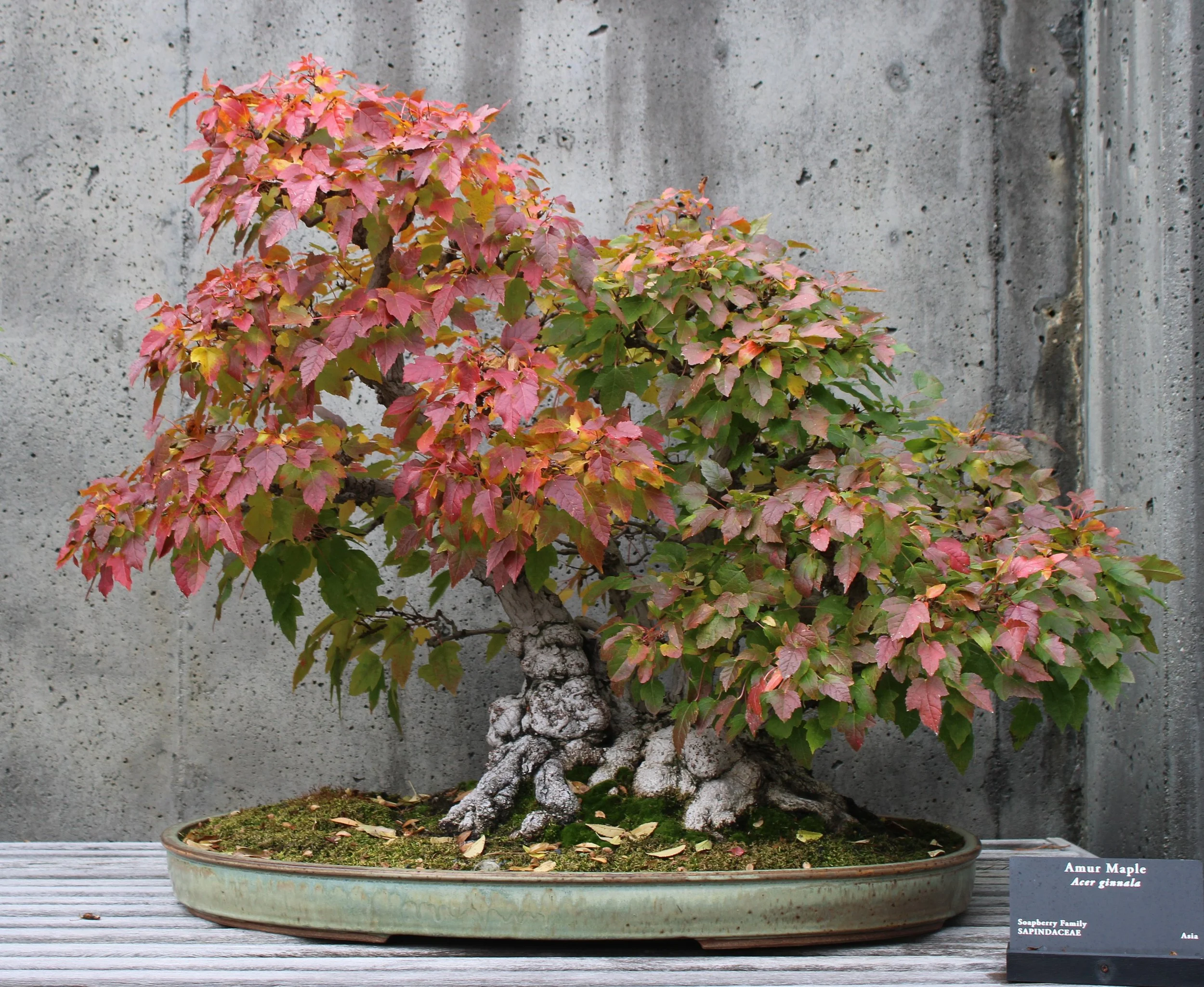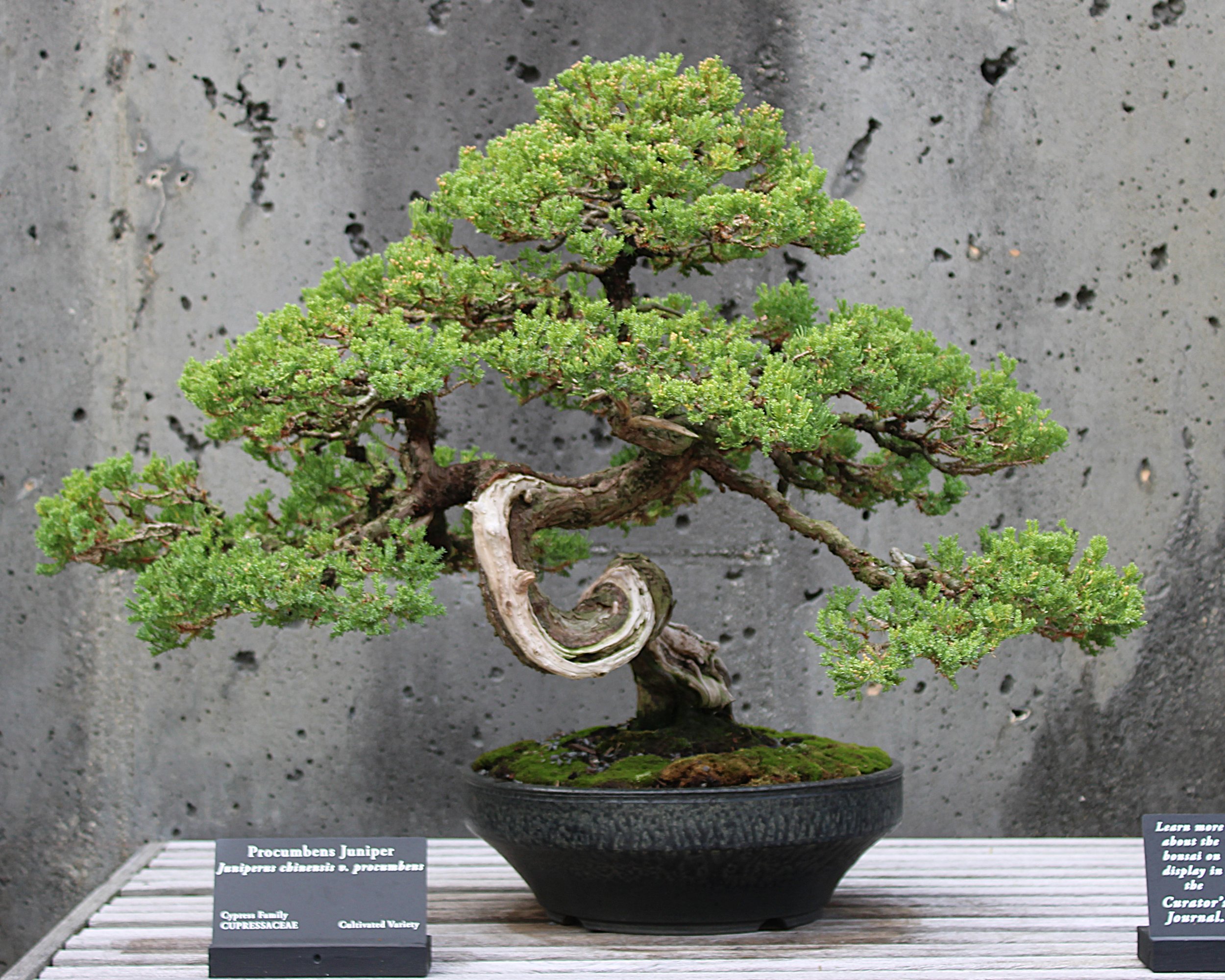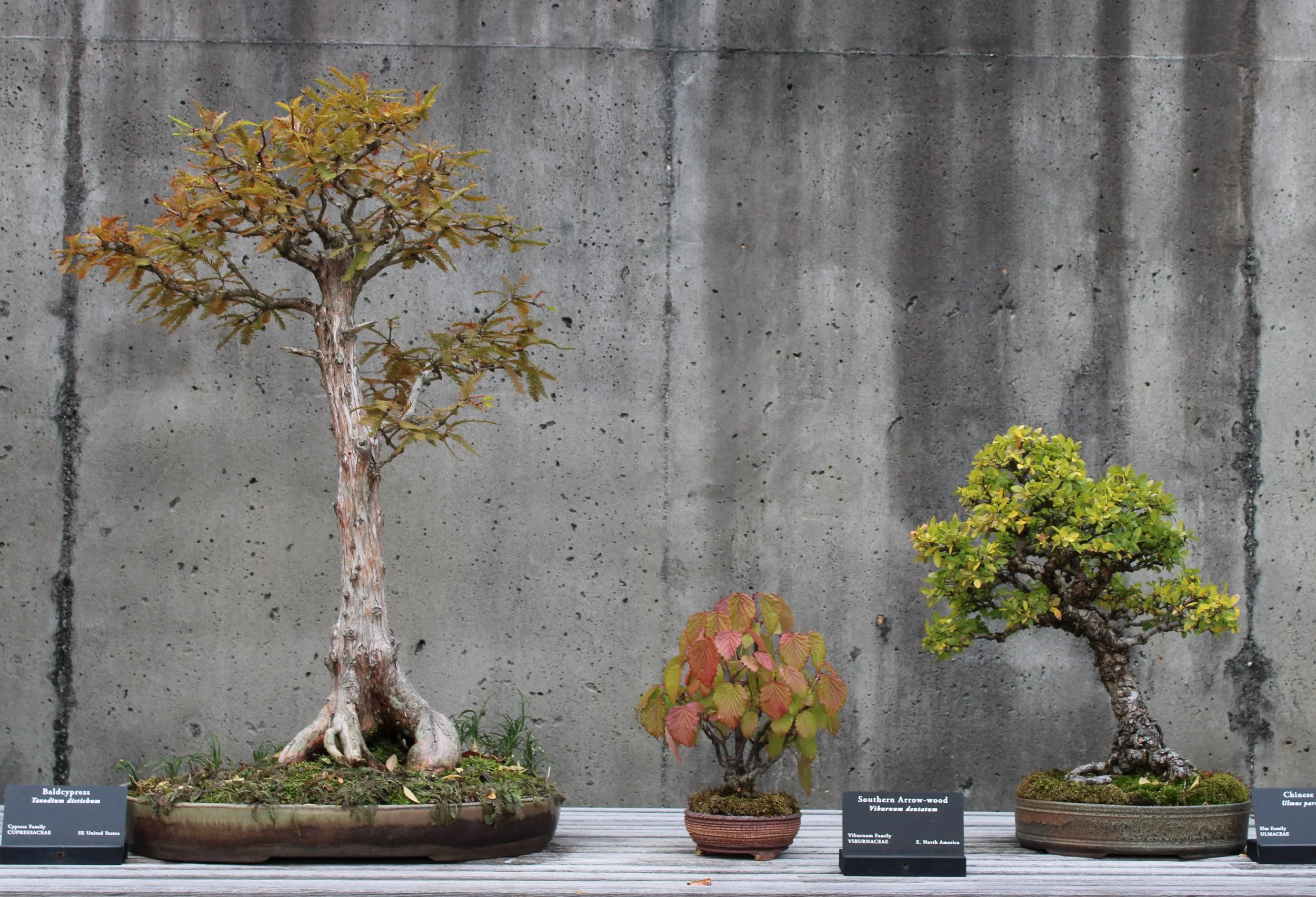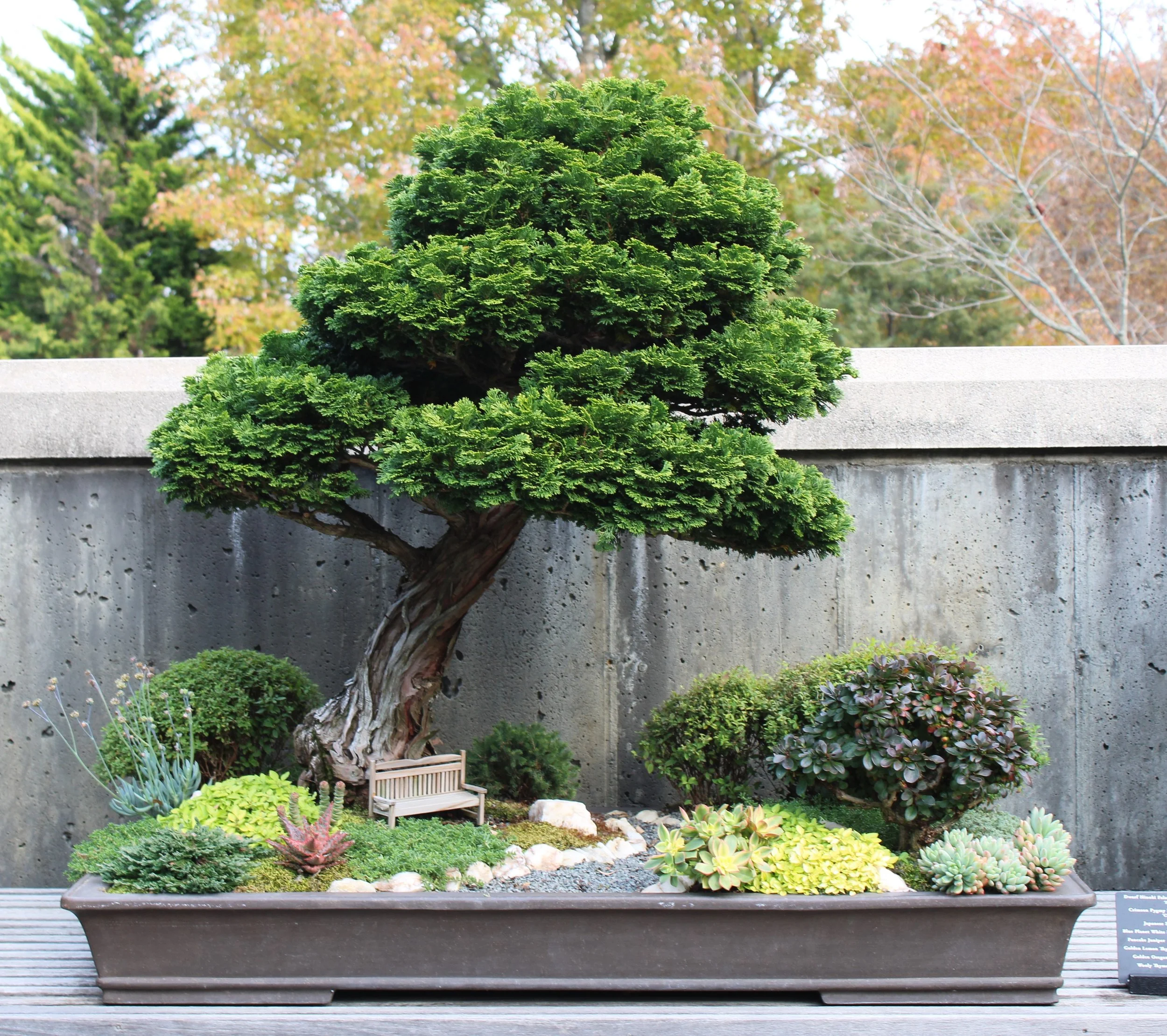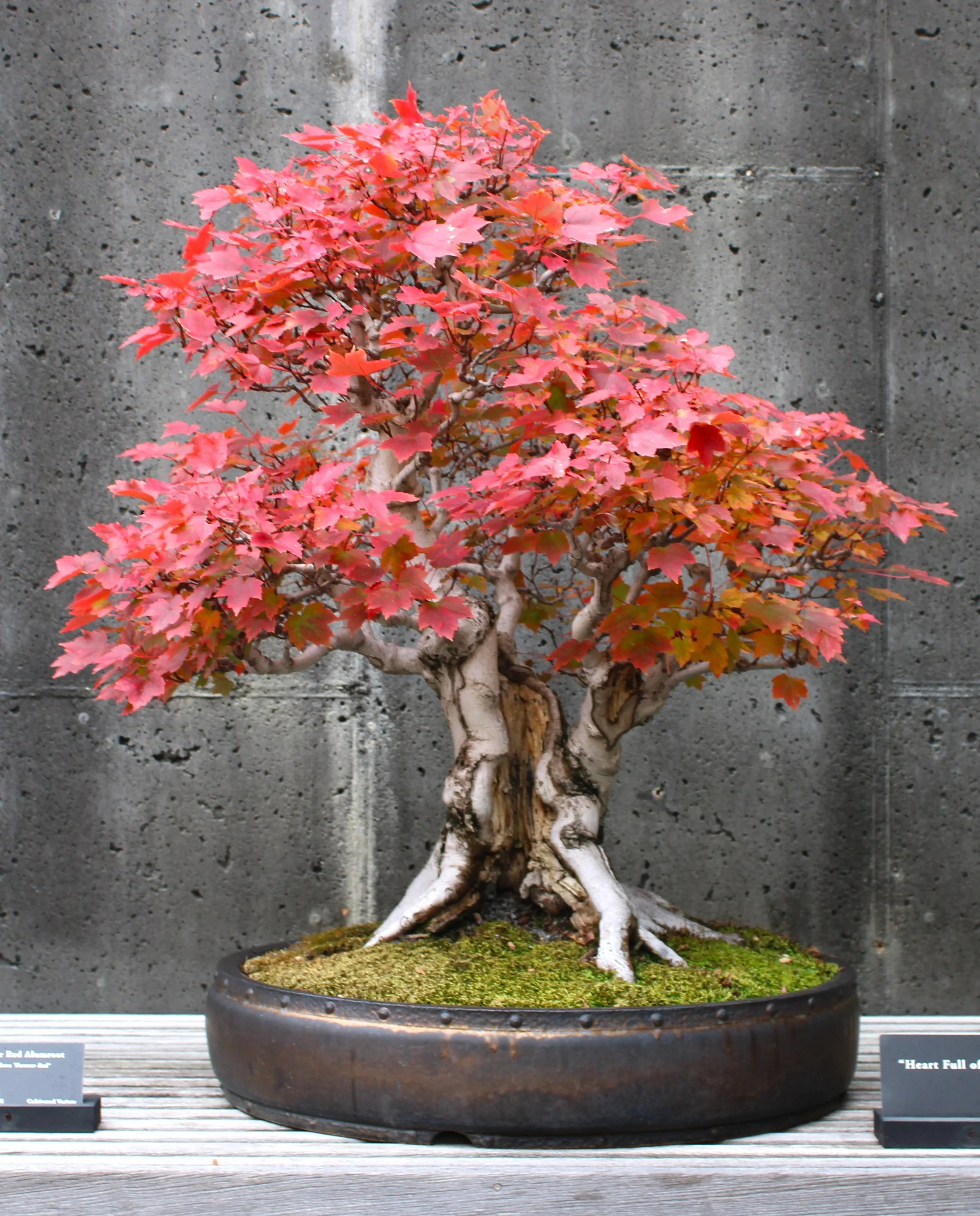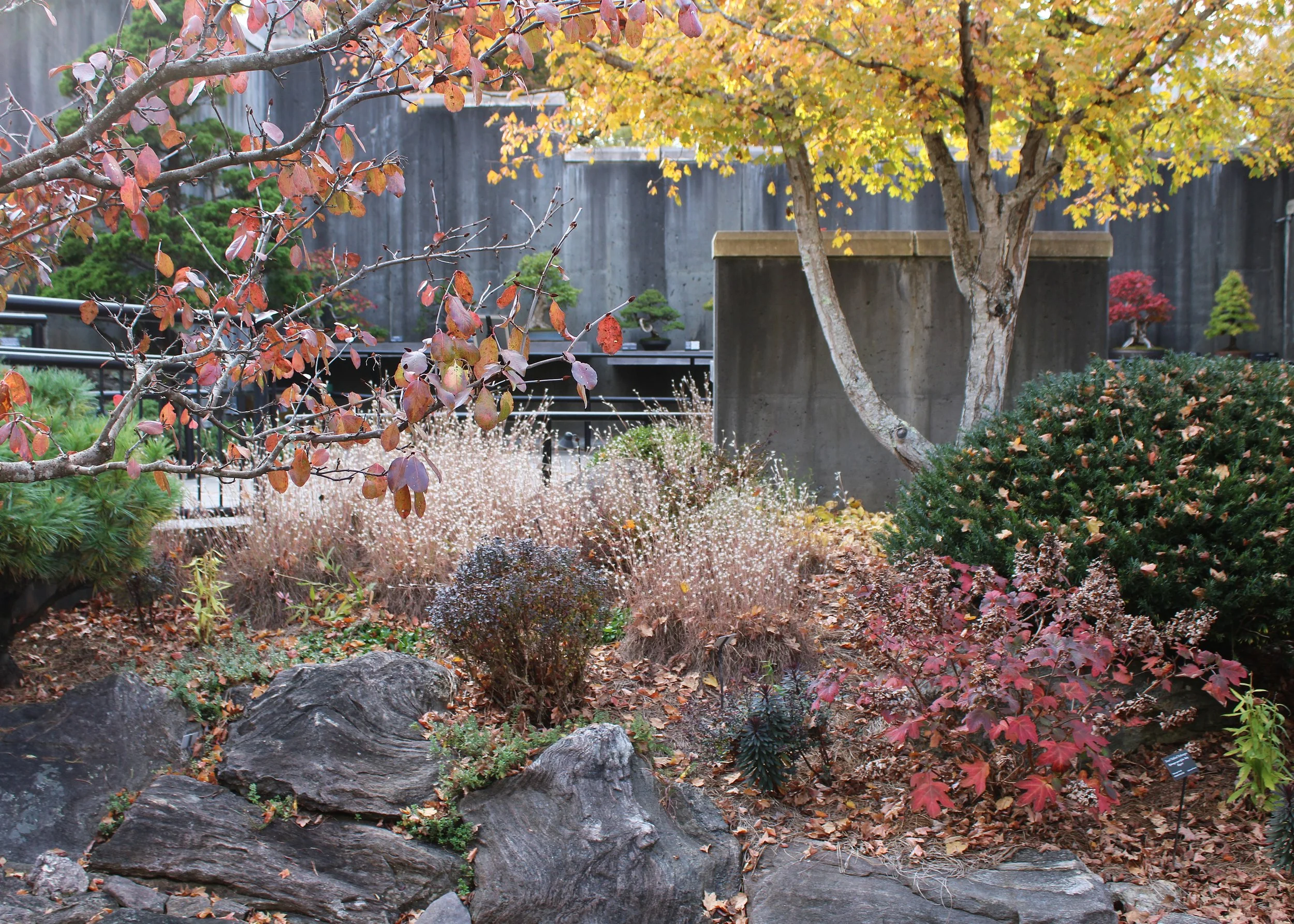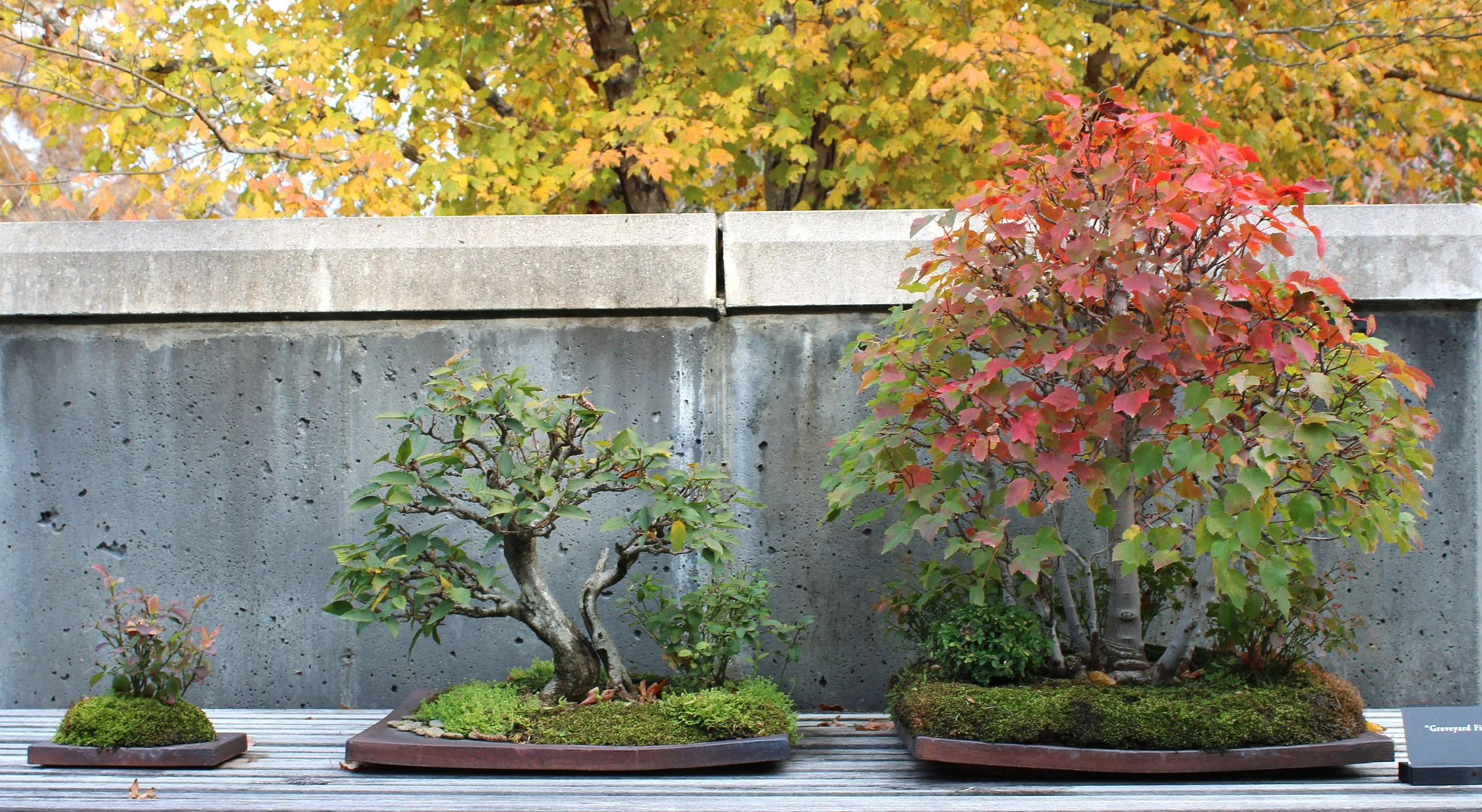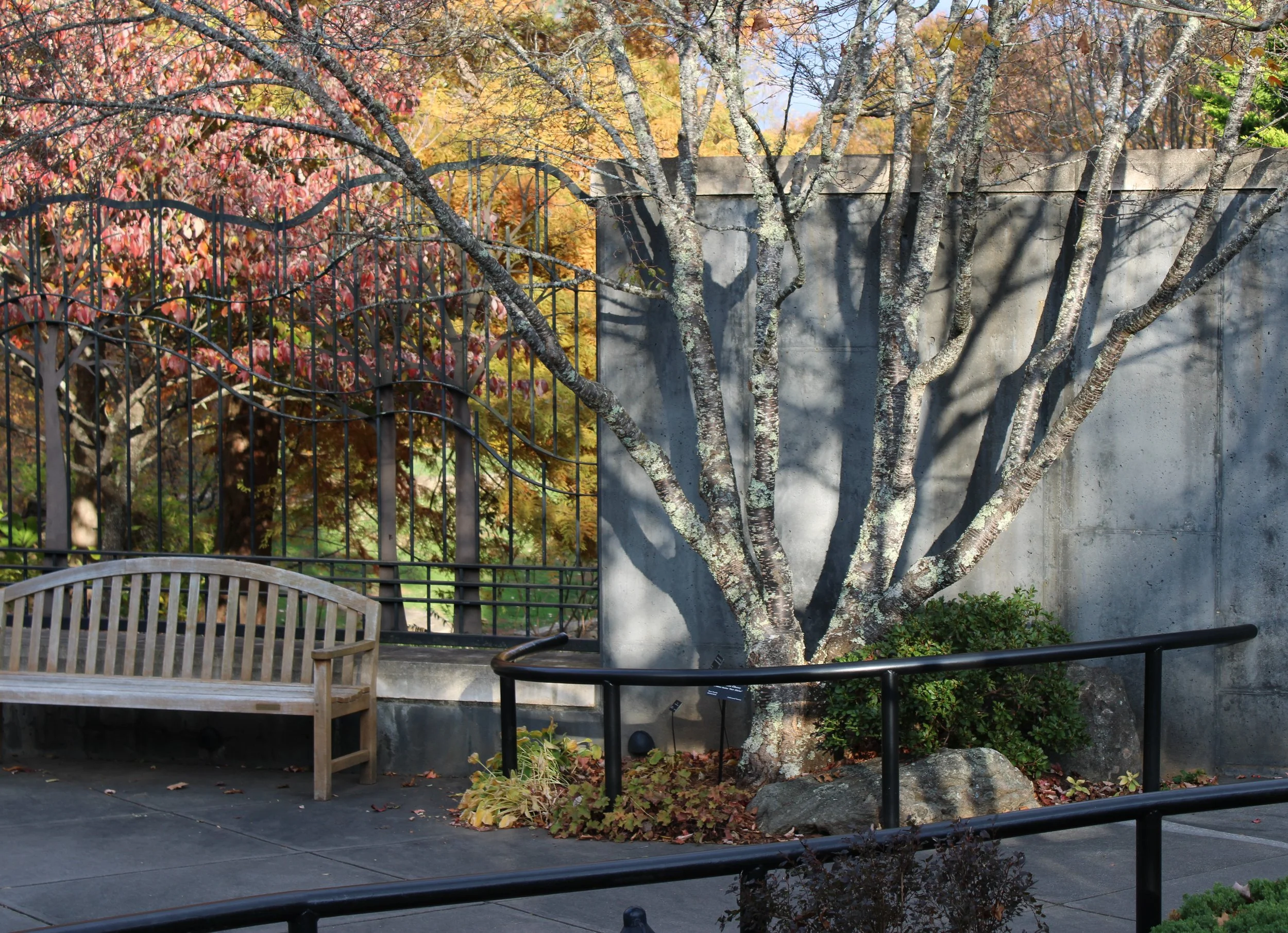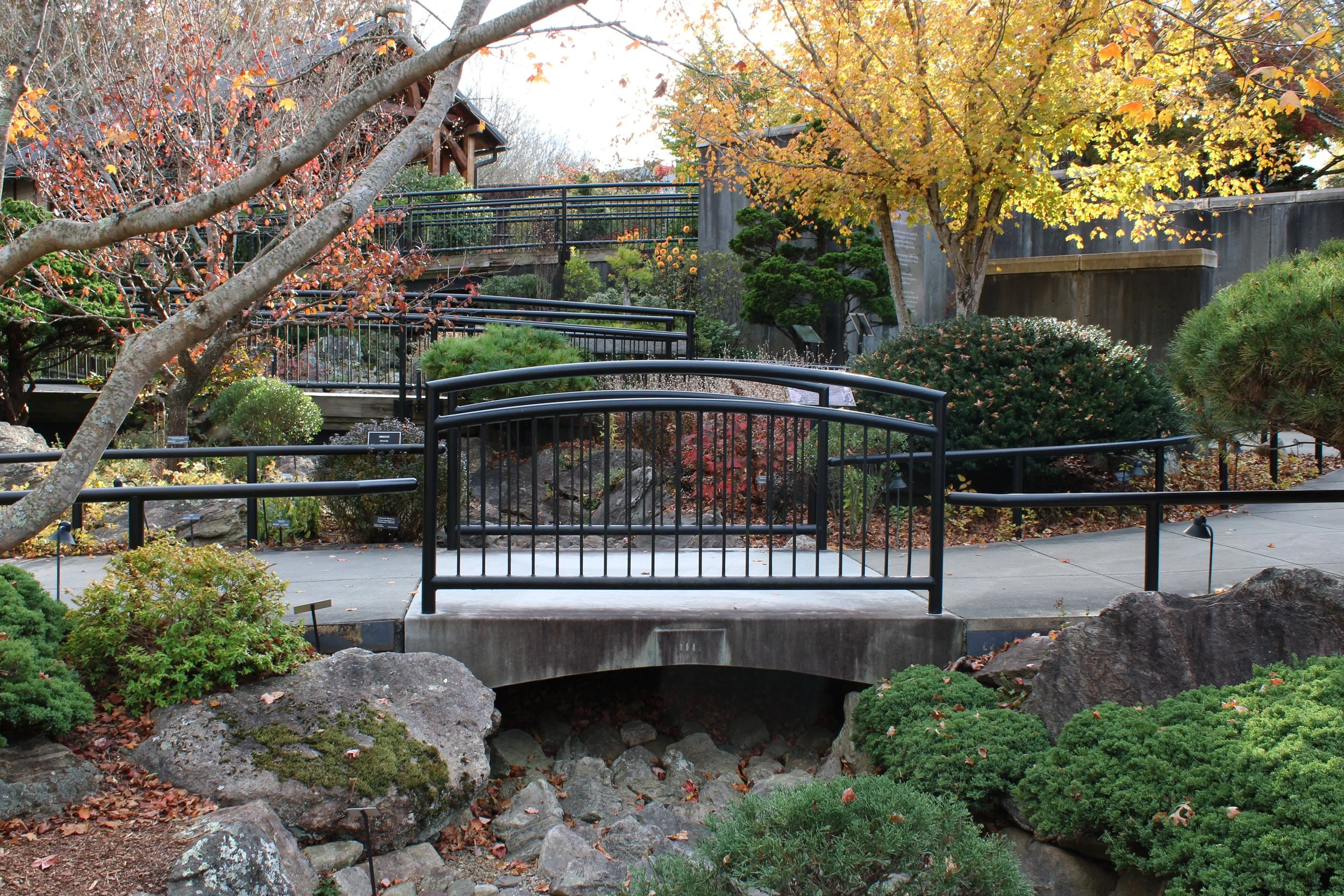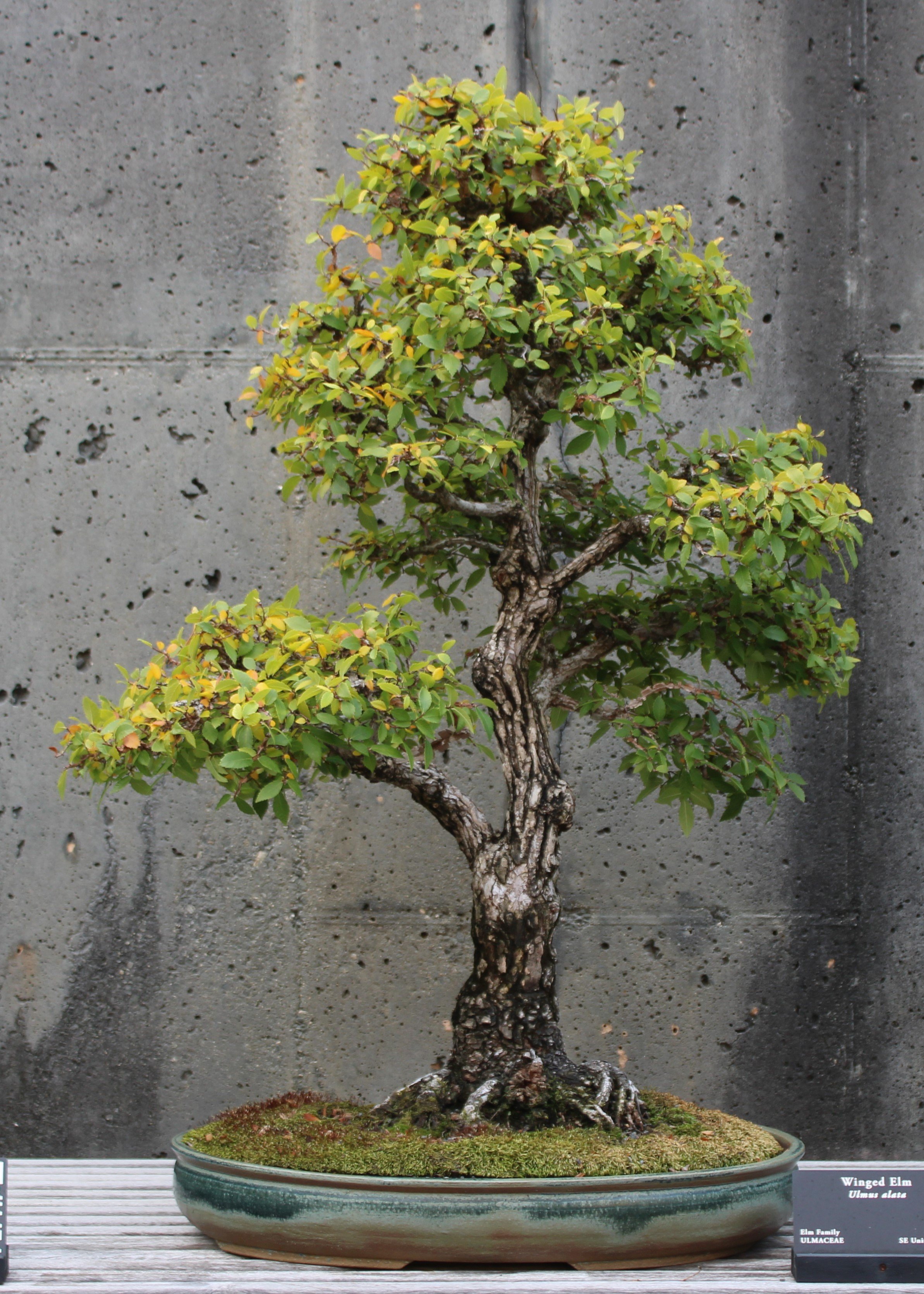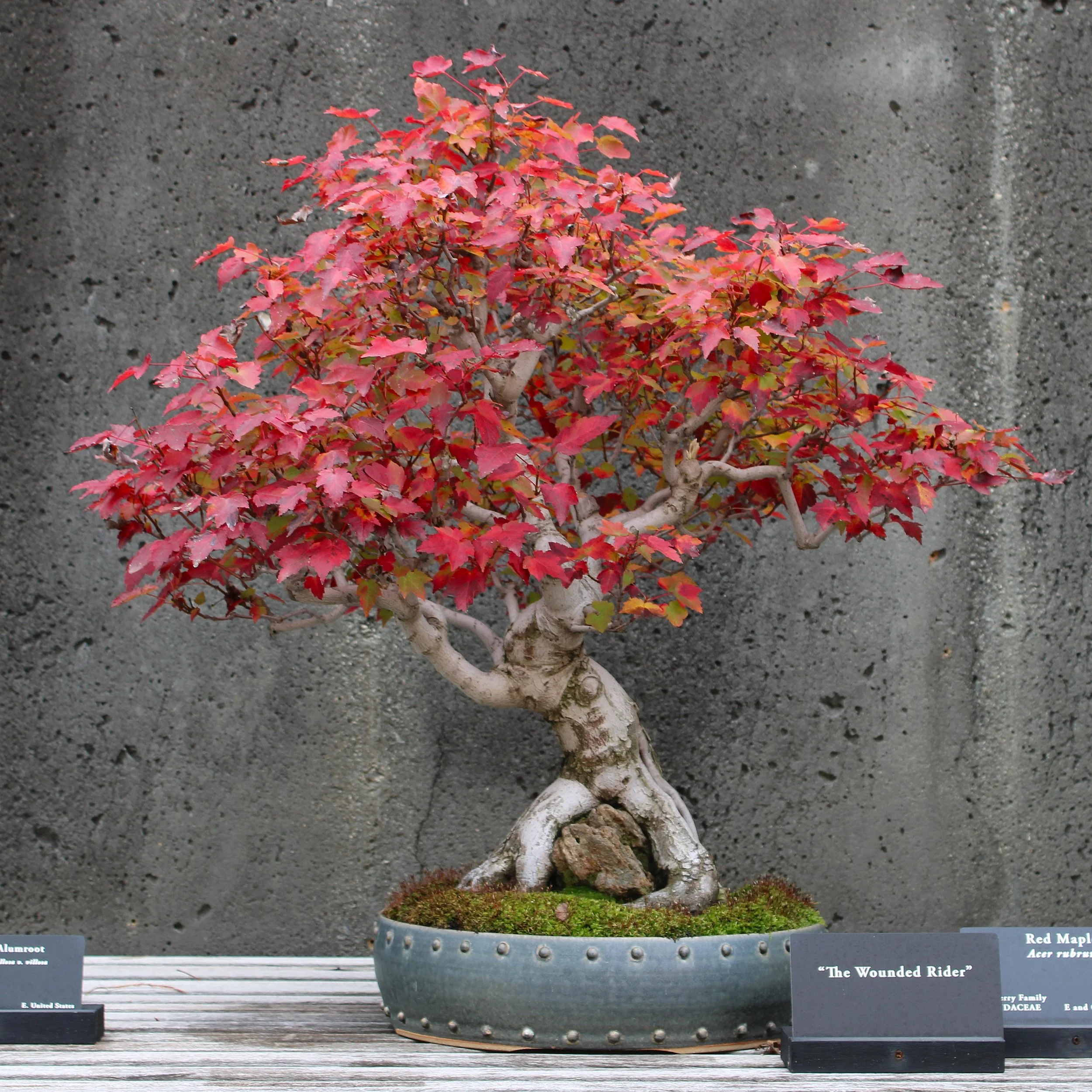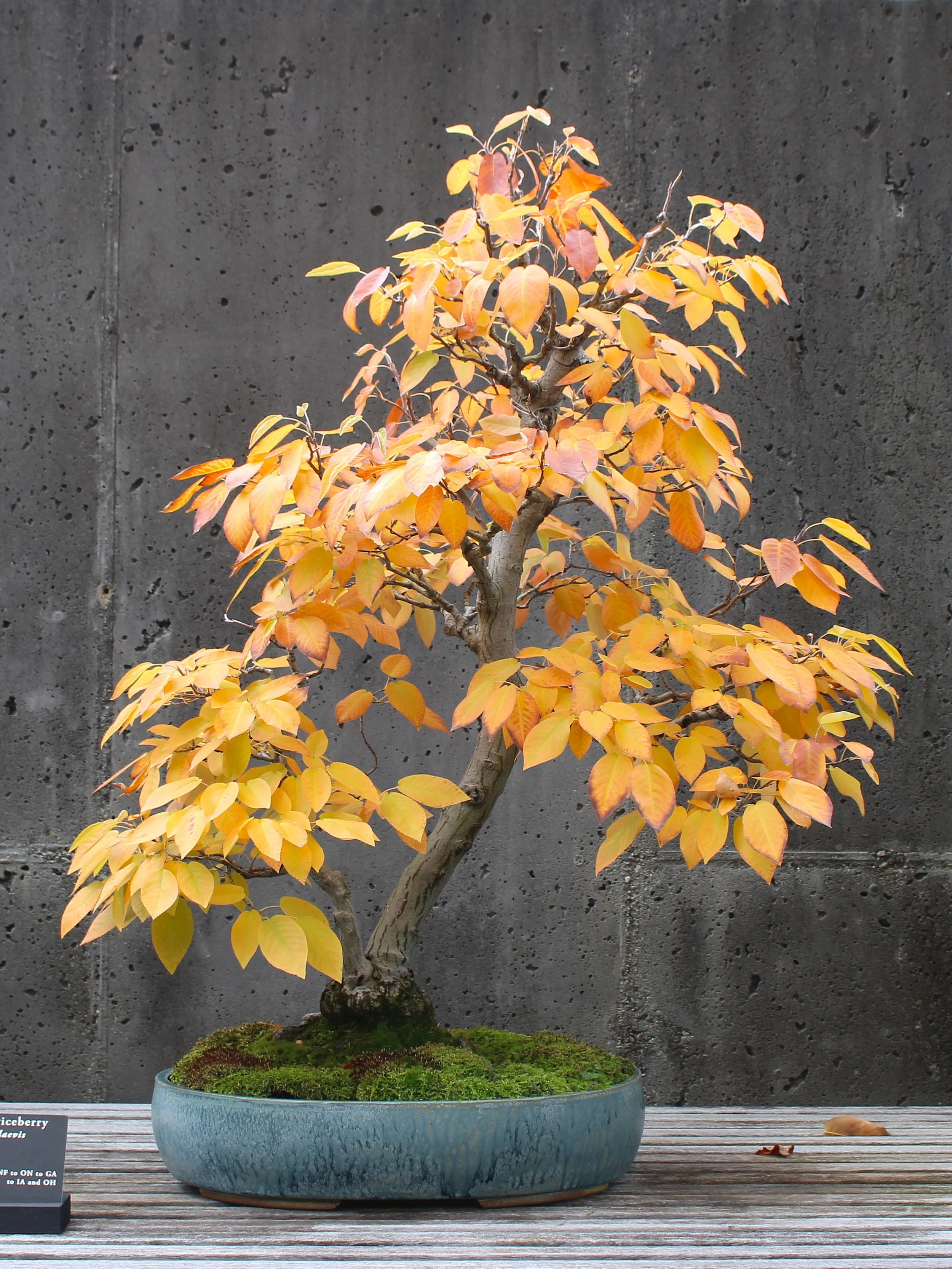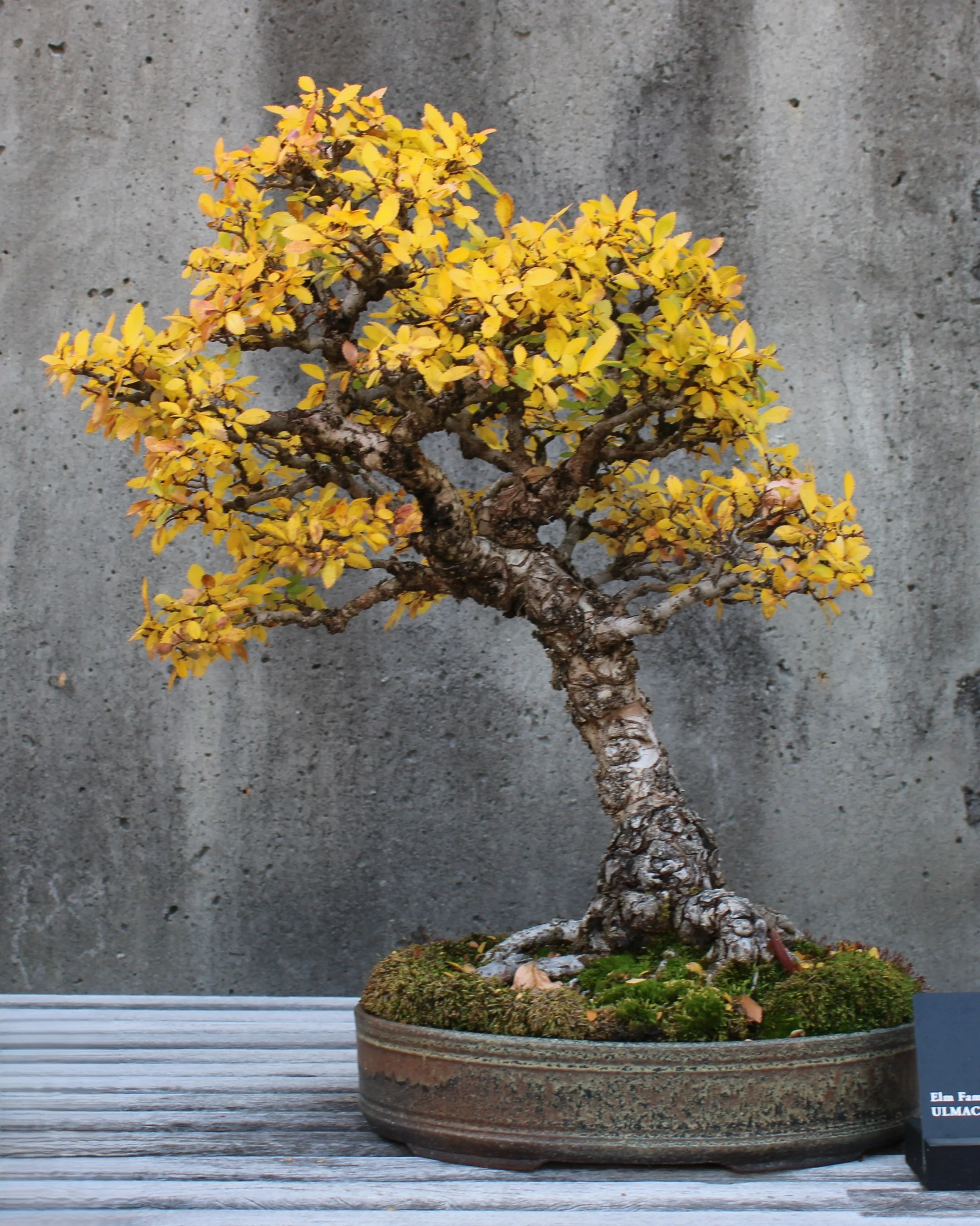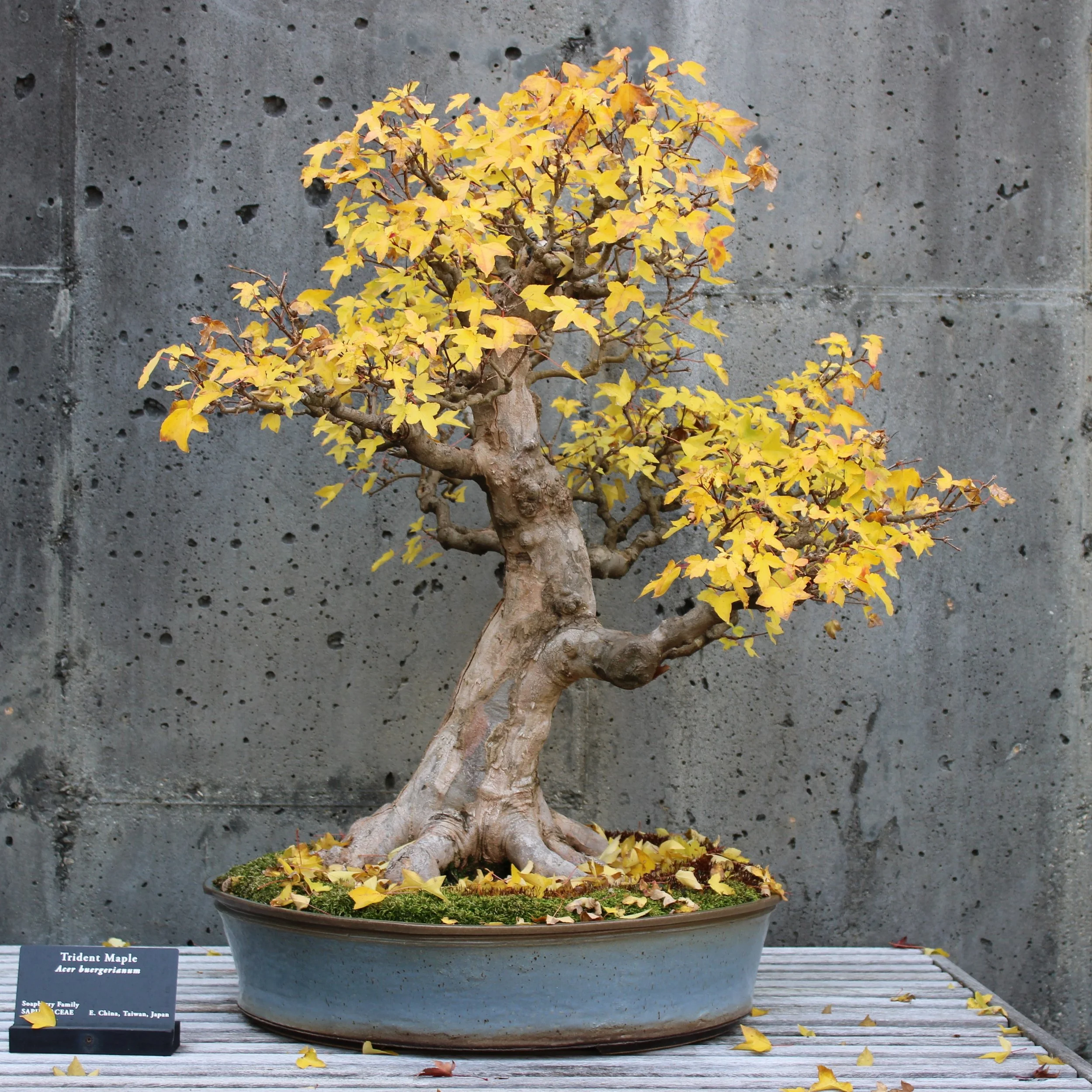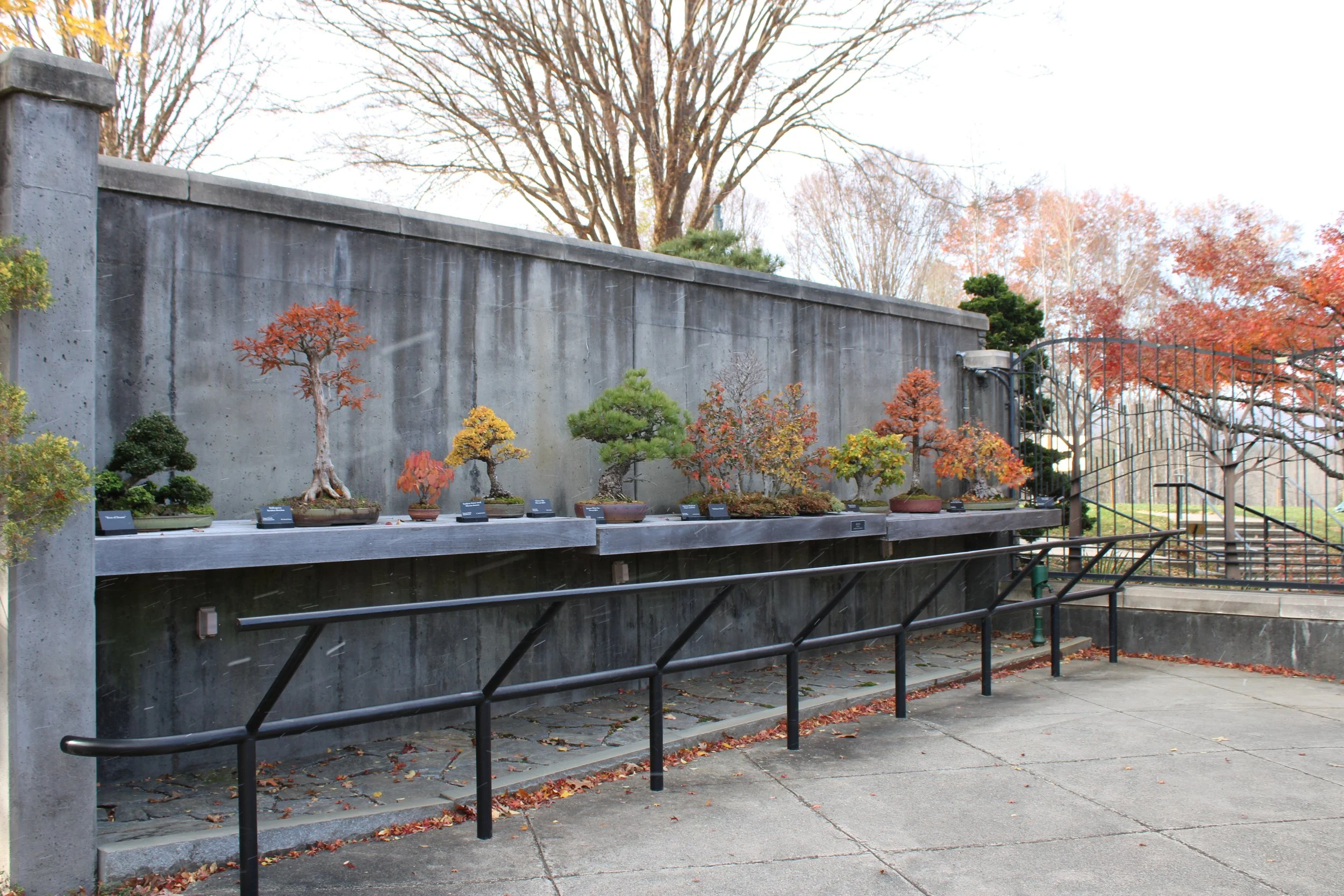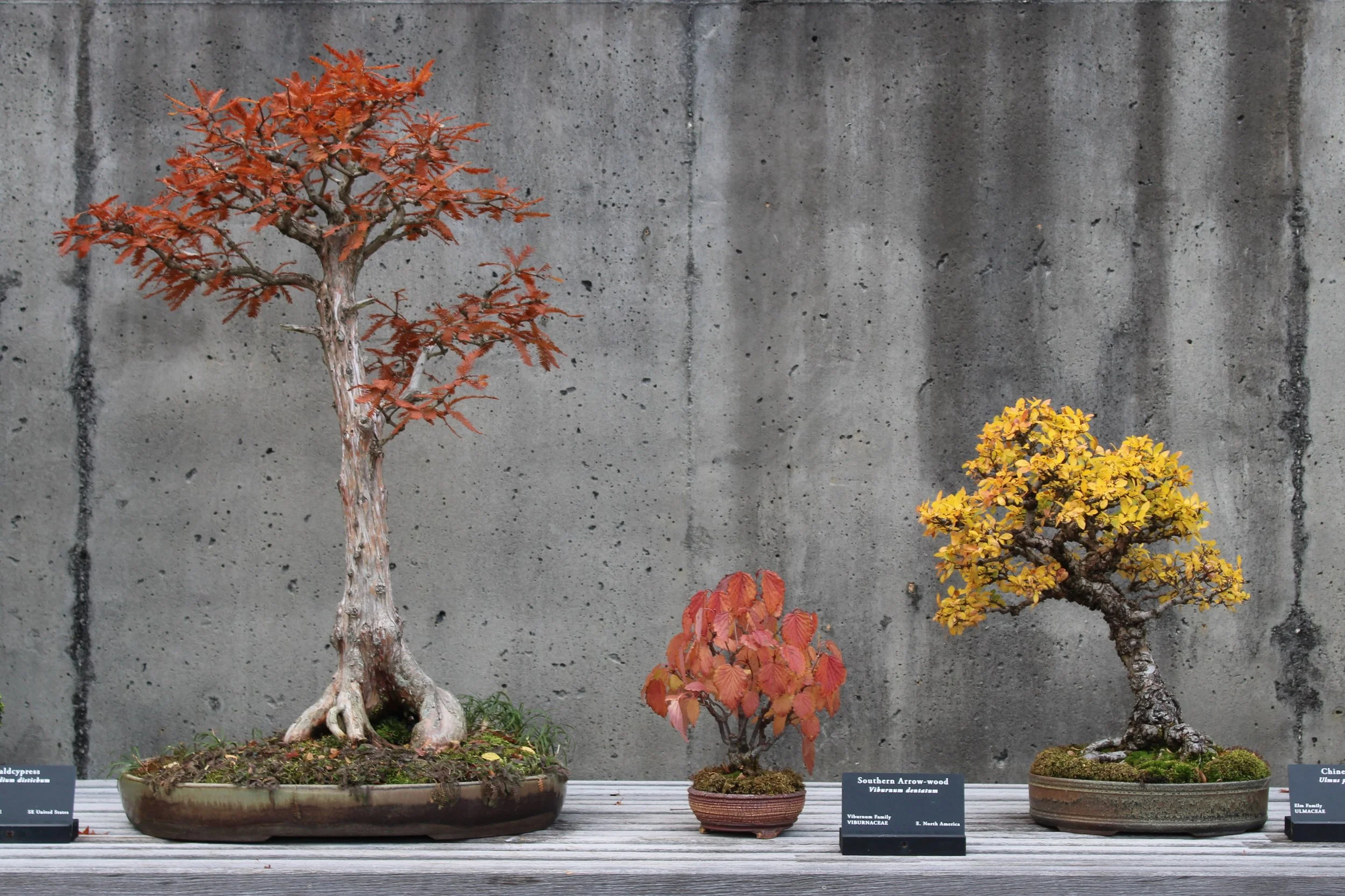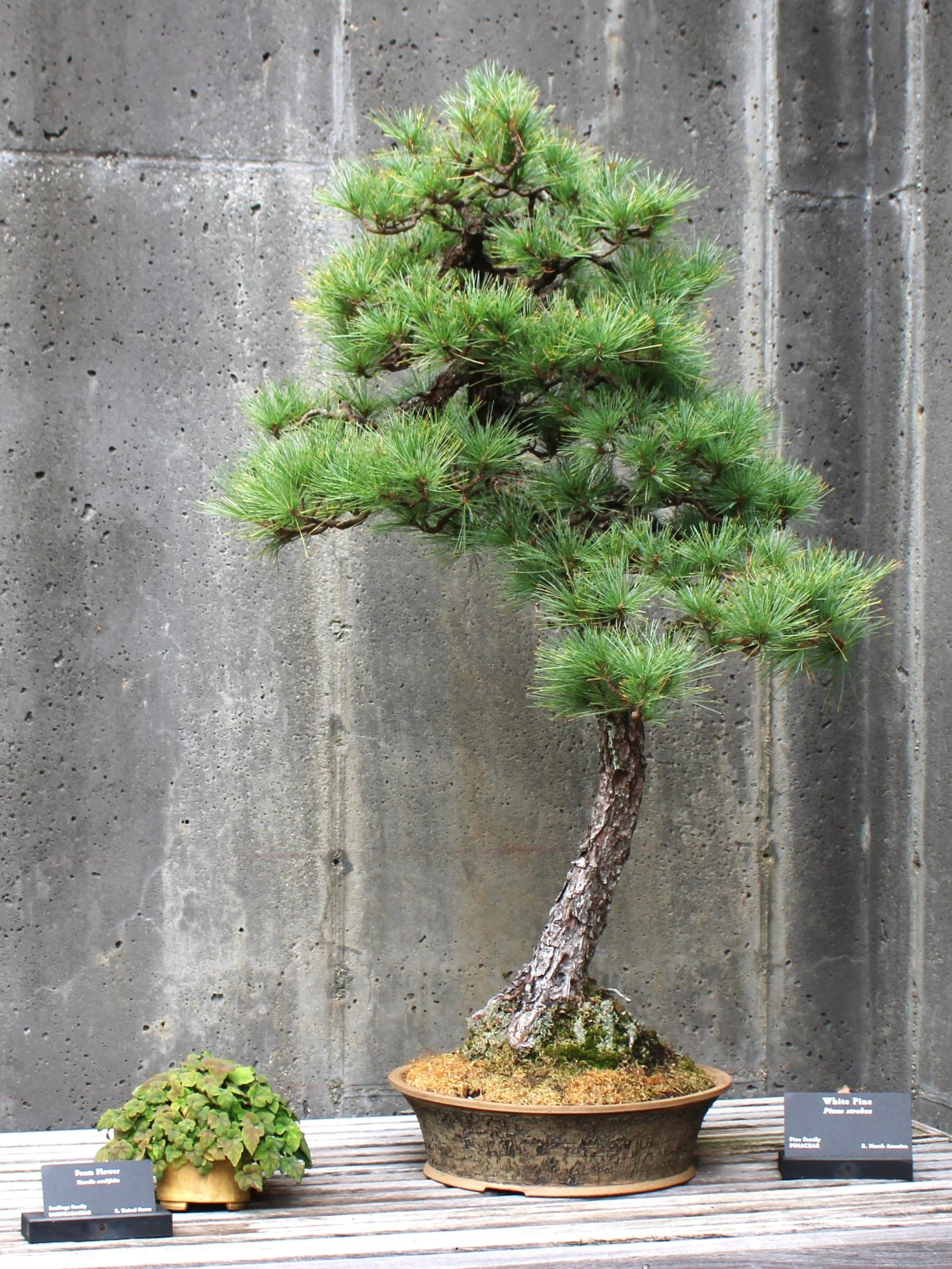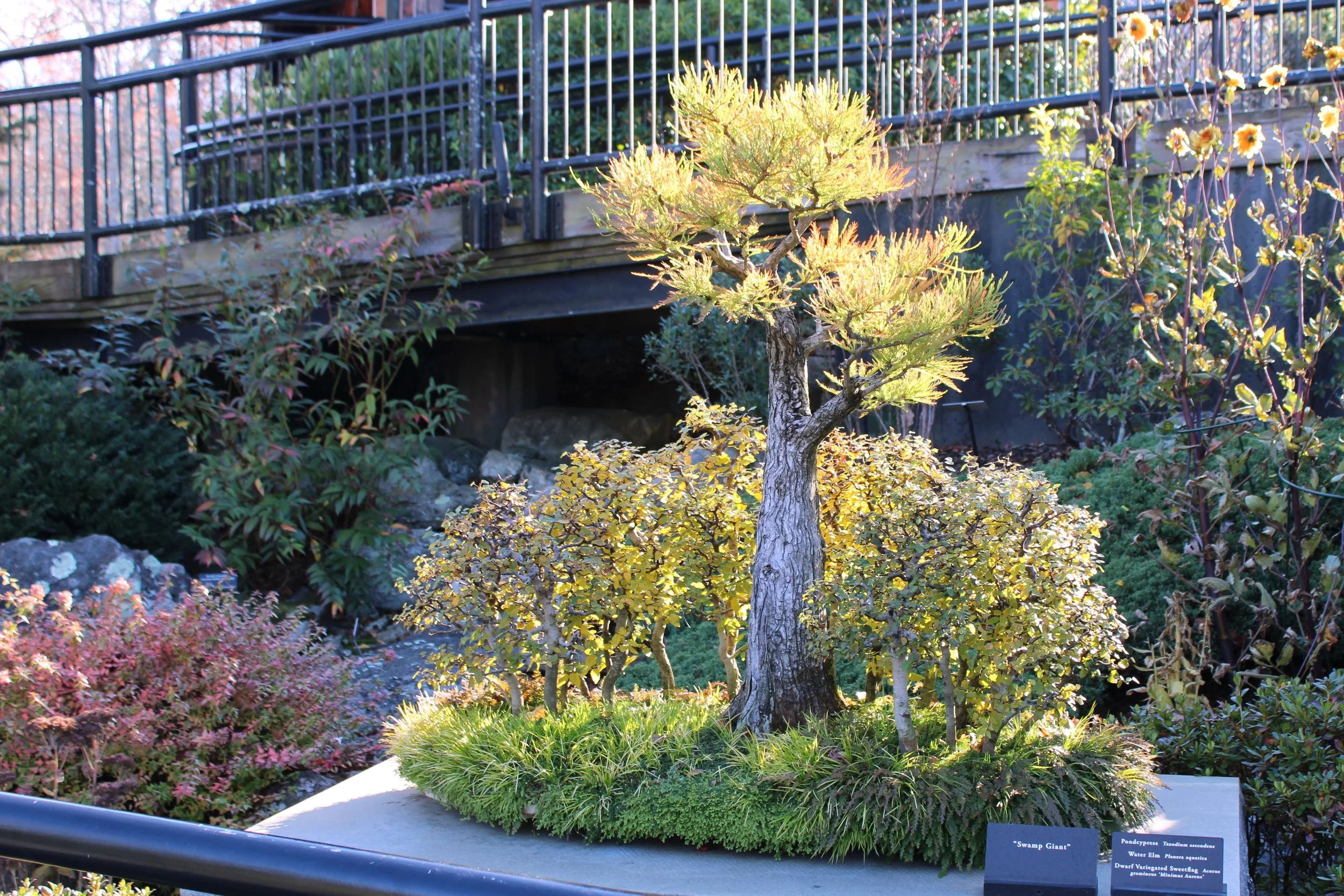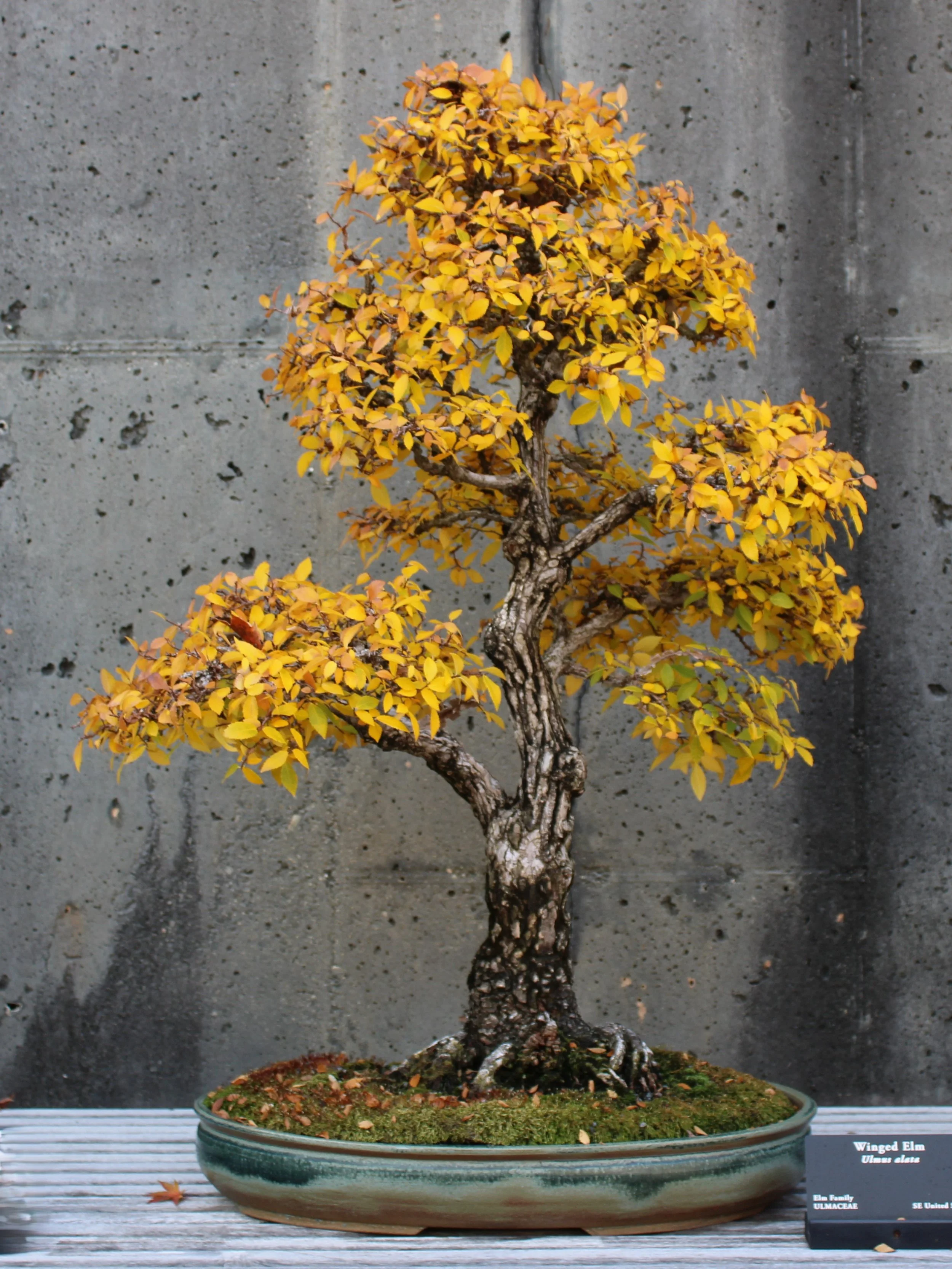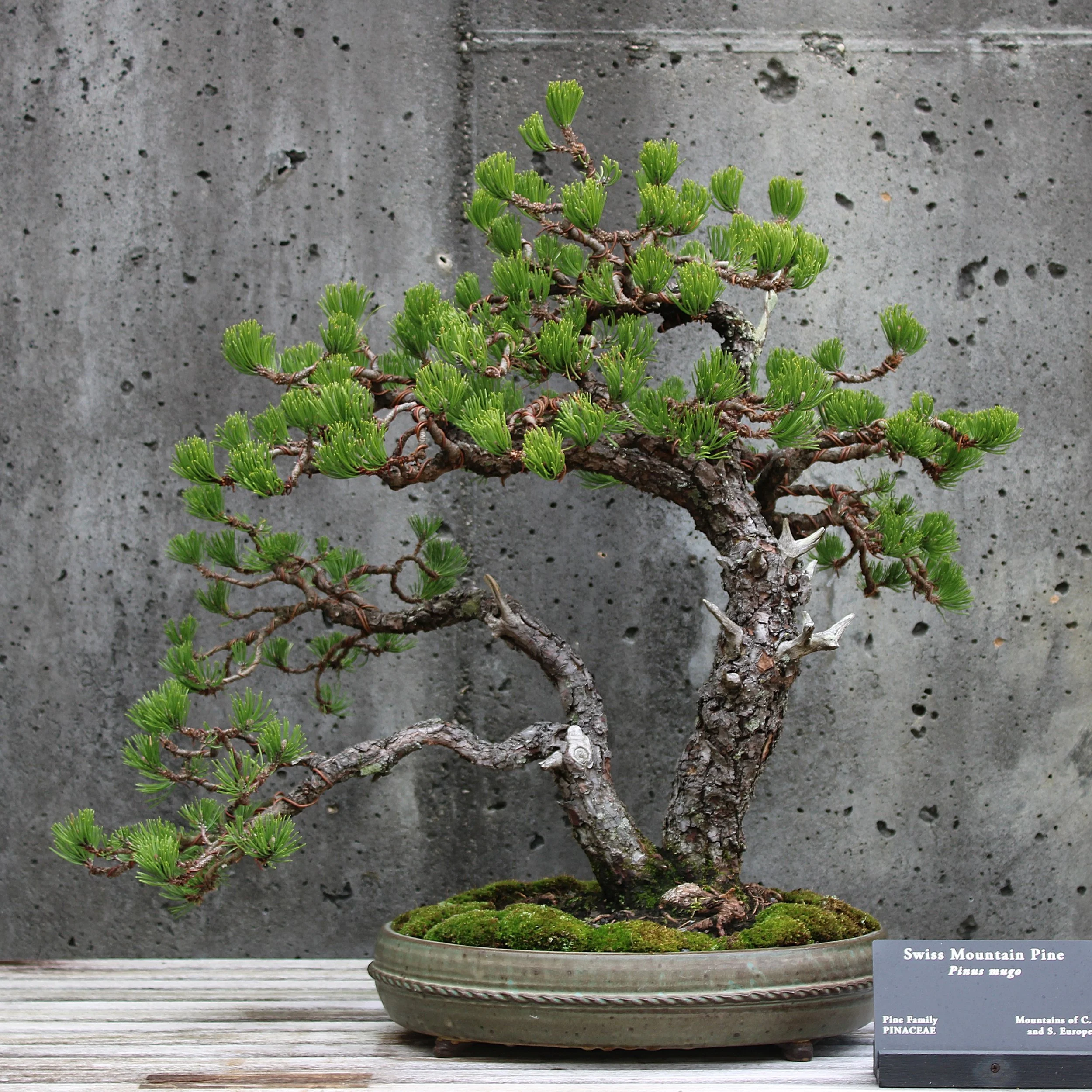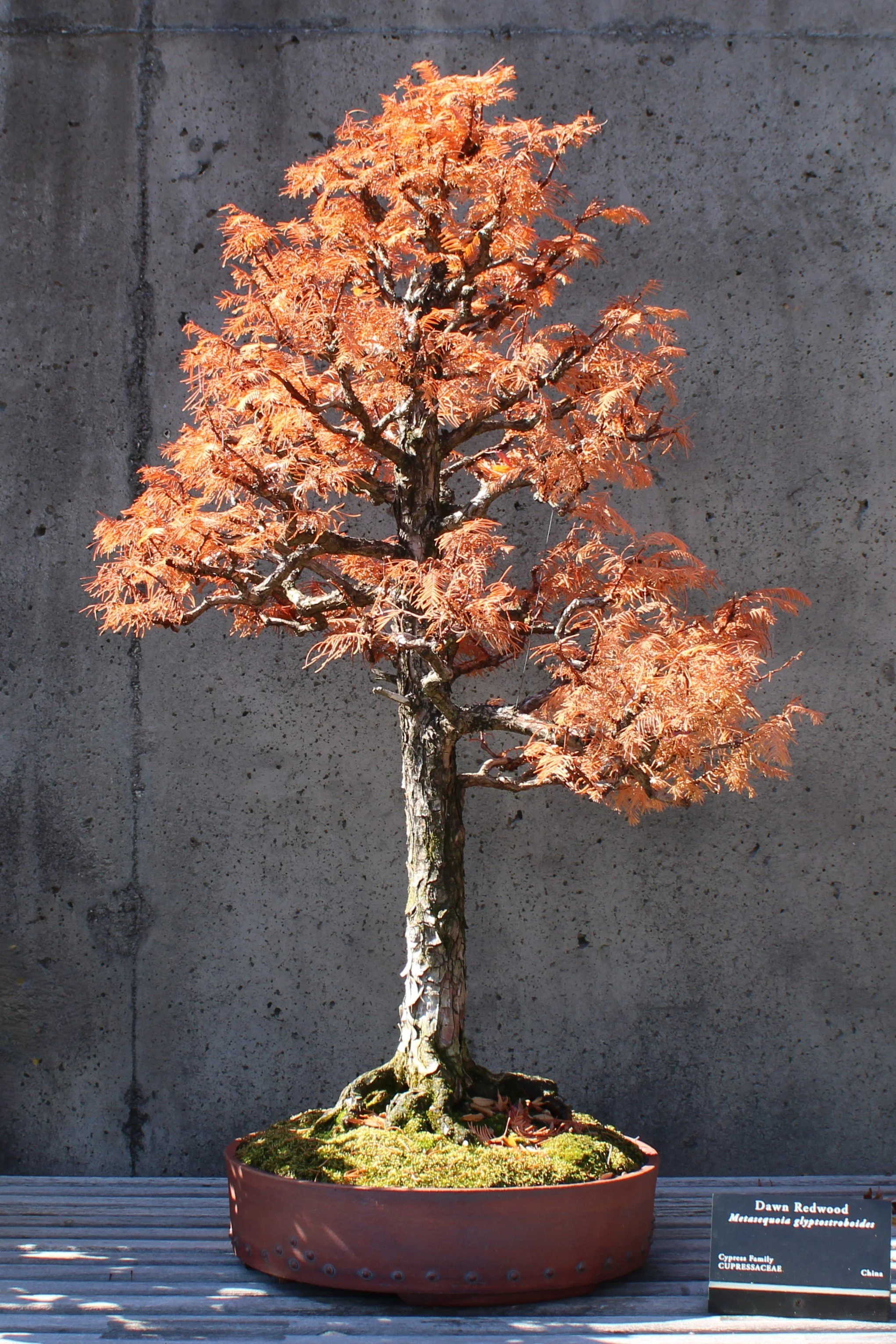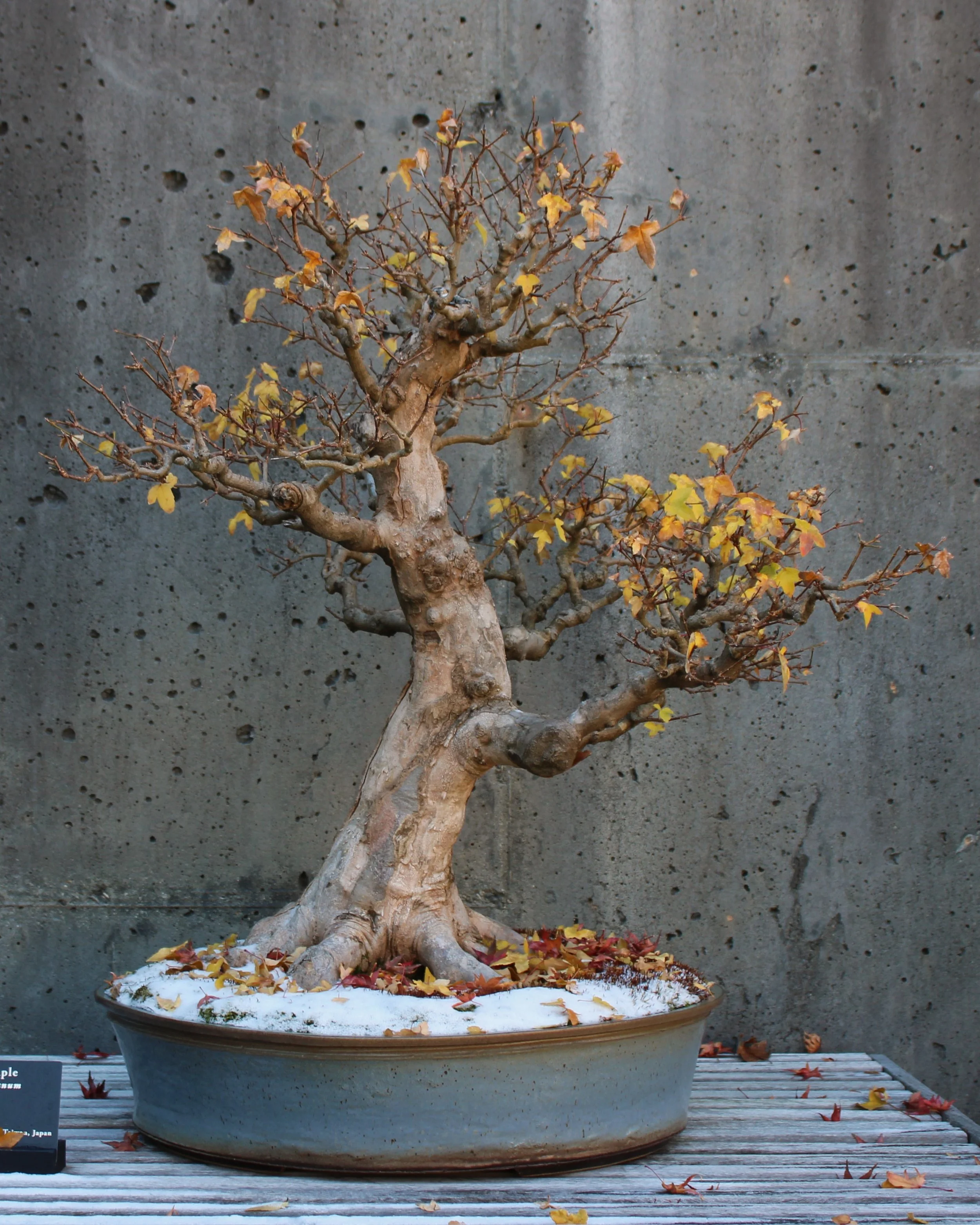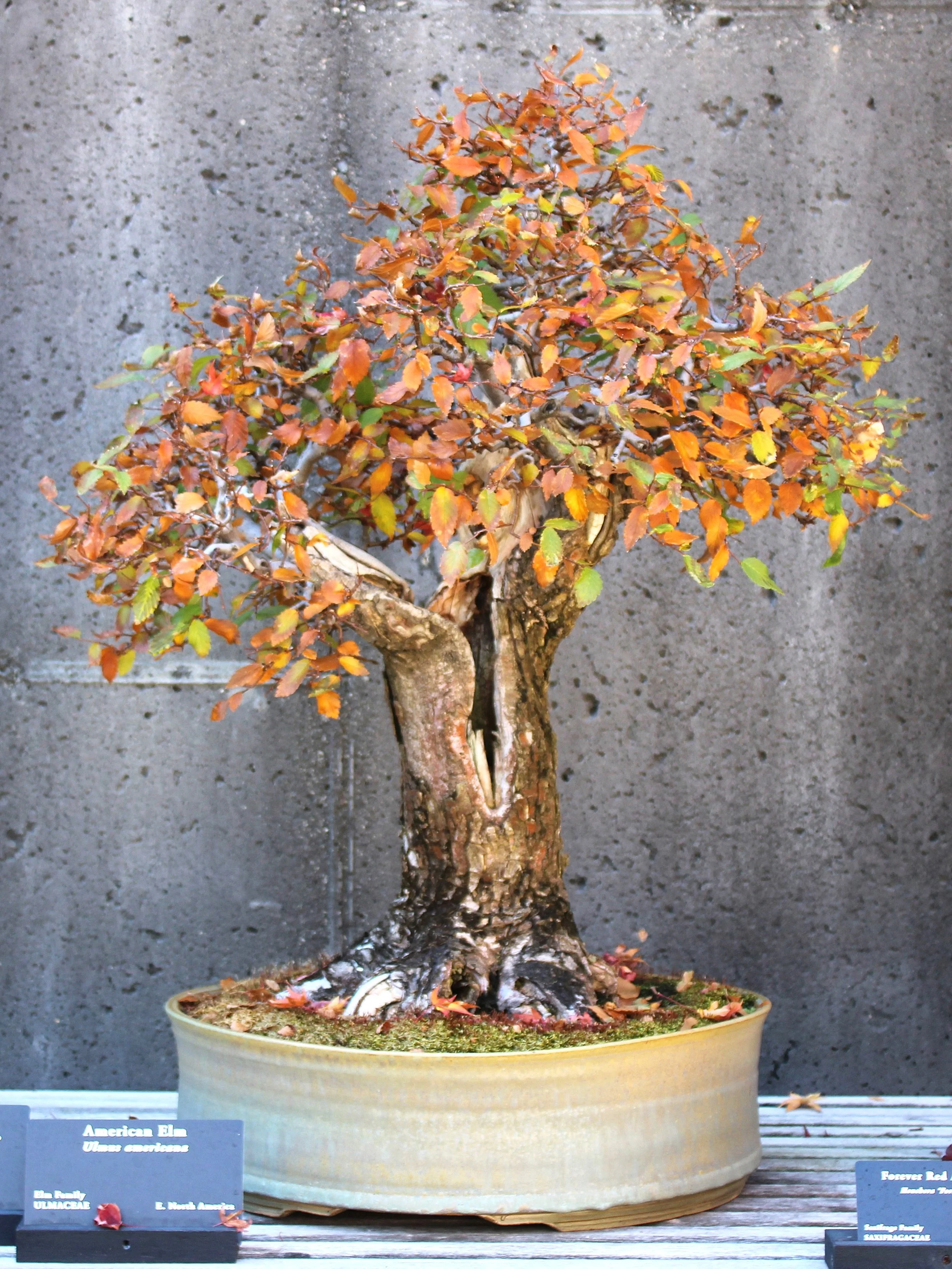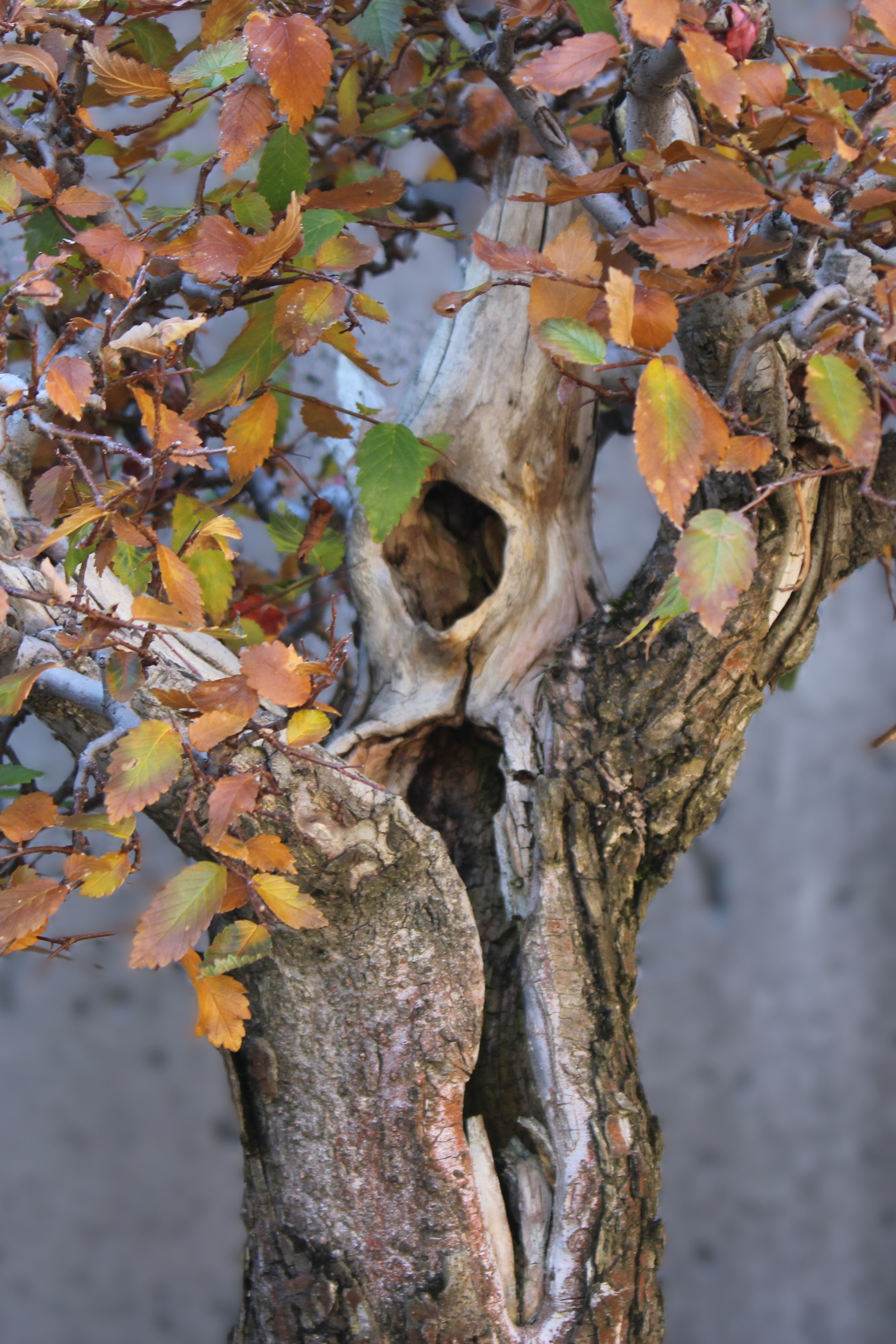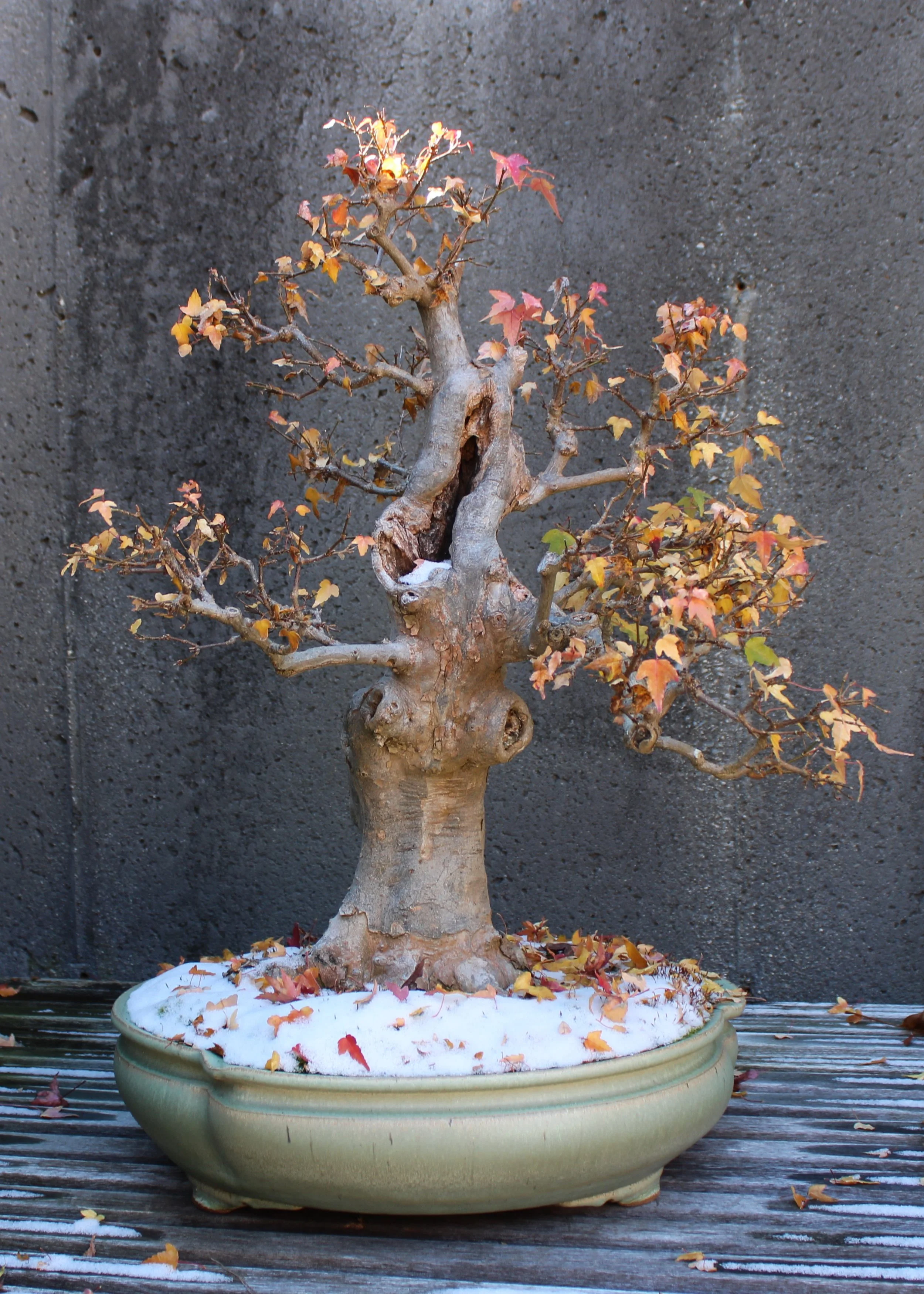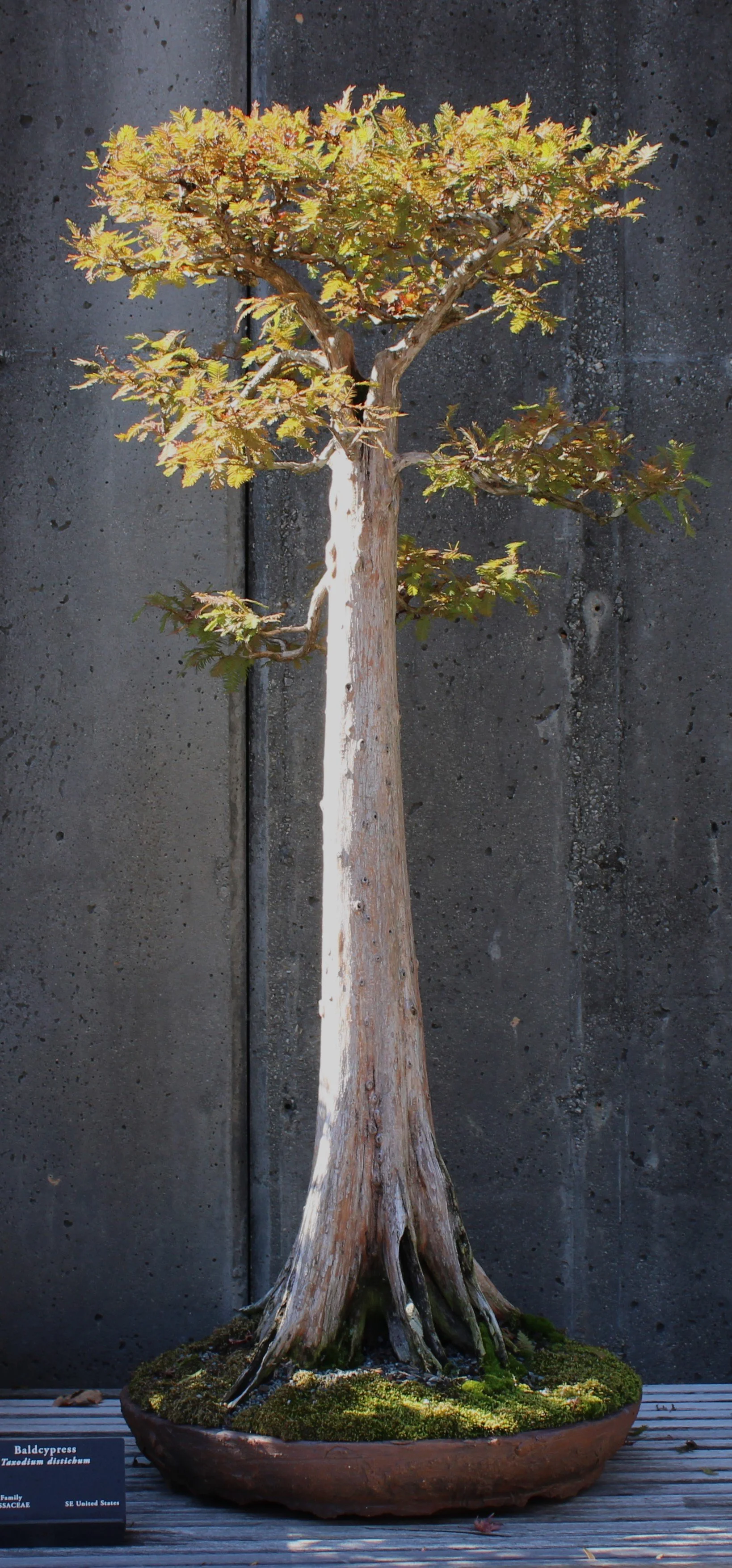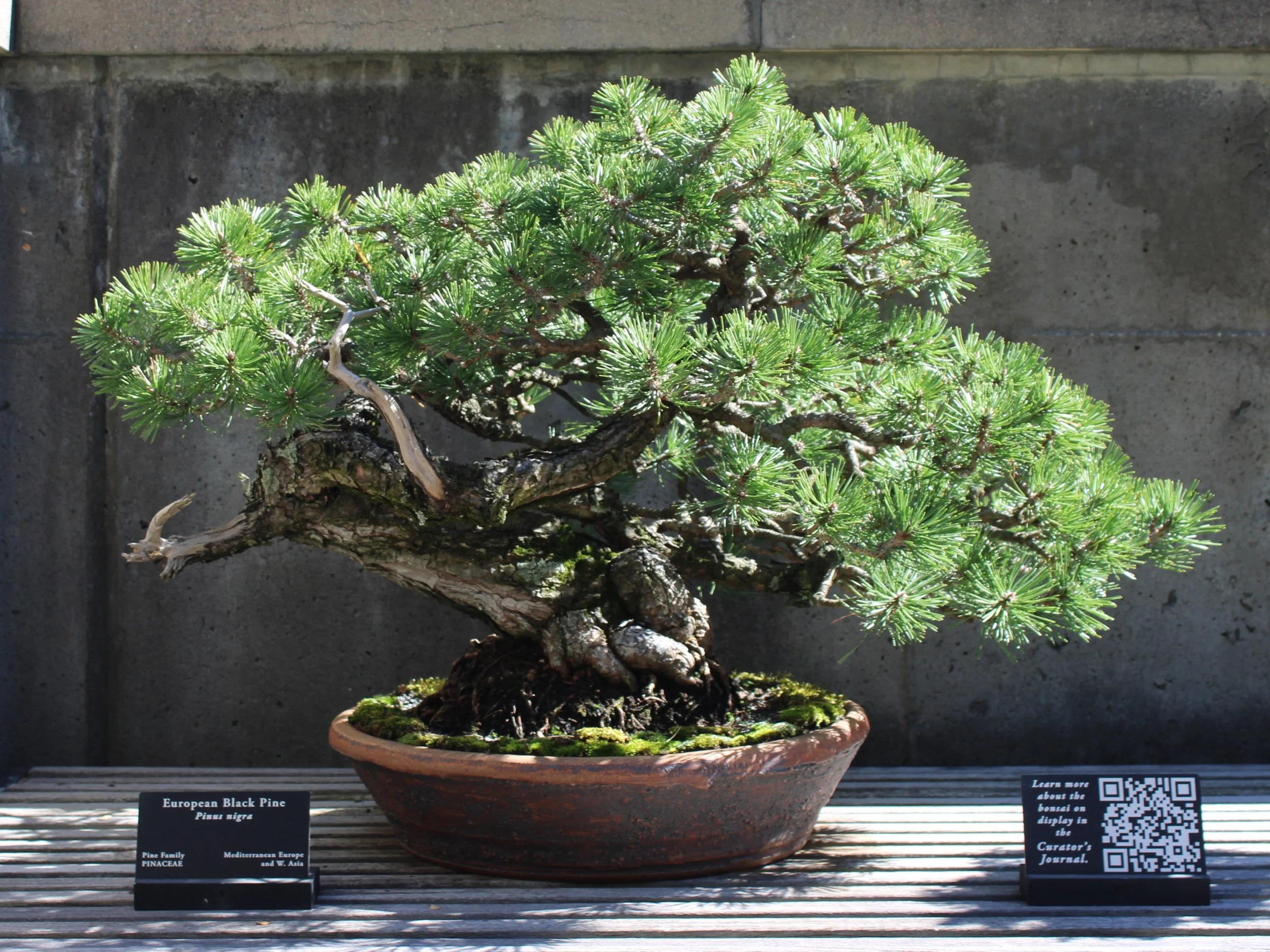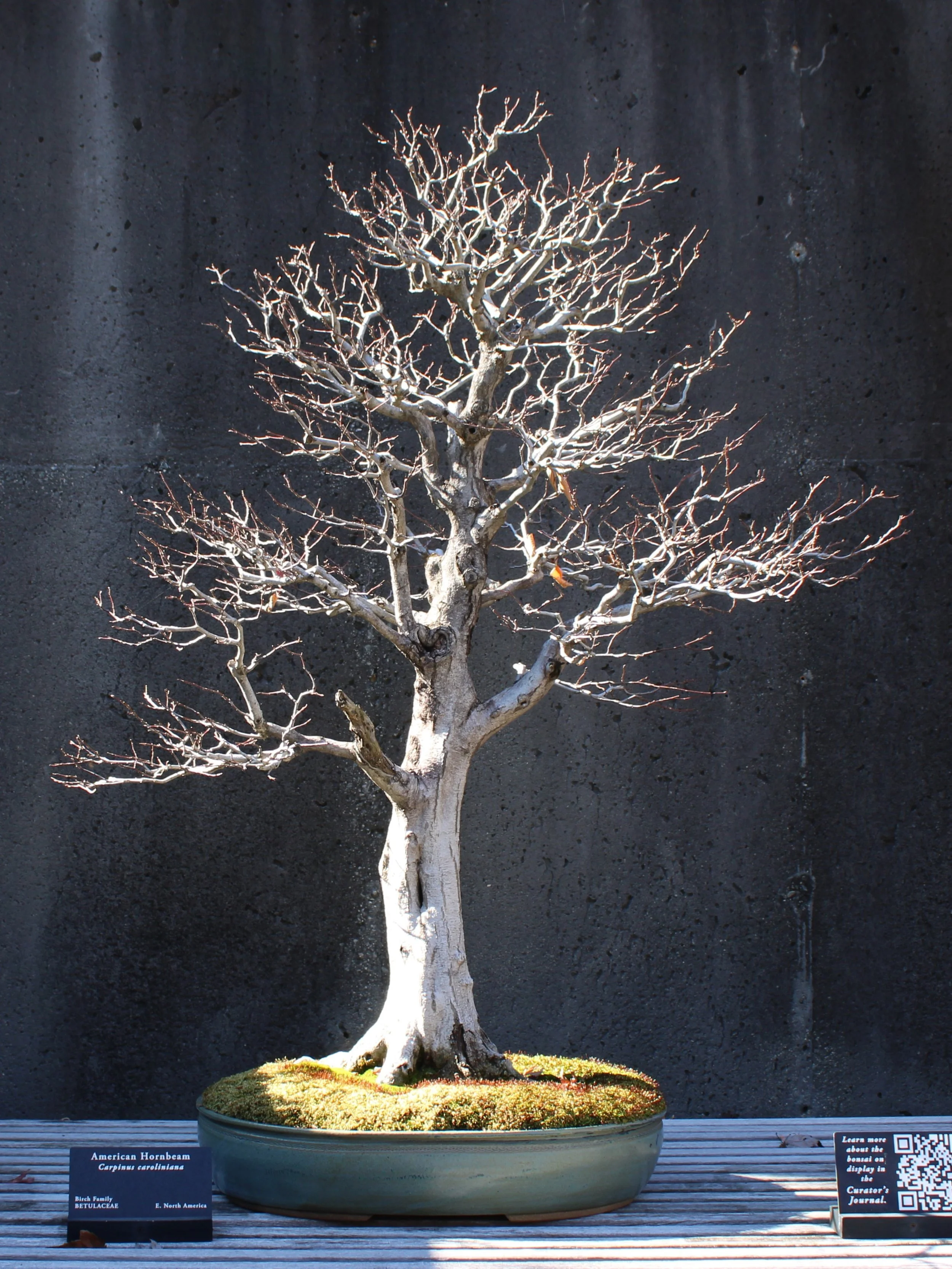Garden Autumn
It never comes all at once. Photos of autumn color in the landscape, and the memories of autumn’s glories we keep in our minds, typically capture the peak of the season. This is only one phase of autumn, however, a fraction amounting to a few days. There are weeks before that when the color is subtle at first and shows only here and there, gradually building to a climax, and then weeks after it when the color begins to fade and leaves begin to drop, as the trees are slowly stripped down to their naked branches. That’s all autumn — every bit of it.
Those first touches of color are striking to see, standing out stark against the green-cloaked landscape. They are a wake up call. The startling splashes of color begin to multiply, spreading like fire from those first few sparks until the fields and forests are totally ablaze. Then people flock to the Parkway overlooks to snap their photographs and rate the foliar performance, critically evaluating the level of color as compared to previous years.
And after the peak, as the nighttime temperatures grow colder, the reds, oranges, yellows and golds slip subtly to more somber shades, still lovely but no longer glowing. Over the course of a couple more weeks the color palette shifts into various tones of brown and tan. The wind blows and the leaves let go, falling like shredded paper down to the earth. Now the trees are bare, the fine articulation of their branching becoming a haze of gray glimpsed between the dark shafts of trunks stretching imploringly to the sky. The wind grows chill and rakes through the trees, stirring the fallen leaves in dryly whispering circles.
Autumn is a process. The natural world is closing shop on summer and readying itself for winter business, and for a moment there is a crescendo of colorful brilliance in the transformation. That moment is only a moment, though, and the process is much bigger than that and always moves on. Autumn has a job to do, and takes us where it must.
American Hornbeam (Carpinus caroliniana) 10/28
10/30
10/30
10/30
10/30
‘Graveyard Fields’ 10/30
American Hophornbeam (Ostrya virginiana), Chinzan Azalea (Rhododenron ‘Chinzan’)
American Red Maple (Acer rubrum)
11/2
Amur Maple (Acer ginnala)
Procumbens Juniper (Juniperus chinensis v. procumbens)
11/2
‘Aunt Martha’s Magic Garden’
11/2
Common Boxwood (Buxus sempervirens)
American Red Maple (Acer rubrum)
11/2
Dawn Redwood (Metasequoia glyptostroboides) 11/2
‘Graveyard Fields’ 11/2
11/2
11/2
Winged Elm (Ulmus alata) 11/2
American Red Maple (Acer rubrum)
Blue Atlas Cedar (Cedrus atlantica ‘Glauca’)
Tamarack (Larix laricina)
Alleghany Serviceberry (Amelanchier laevis)
11/2
Corkbark Chinese Elm (Ulmus parvifolia ‘Corticosa’ )
Arrowwood (Viburnum dentatum)
Trident Maple (Acer buergerianum) 11/10
11/10
11/10
11/10
11/10
European Beech (Fagus sylvatica)
Eastern White Pine (Pinus strobus)
Japanese Maple (Acer palmatum)
‘Swamp Giant’ 11/10
Winged Elm (Ulmus alata) 11/10
American Hornbeam (Carpinus caroliniana)
Ginkgo (Ginkgo biloba)
11/10
11/10
Swiss Mountain Pine (Pinus mugo)
Dawn Redwood (Metasequoia glyptostrobodies) 11/12
11/12
Trident Maple (Acer buergerianum) 11/12
American Elm (Ulmus americana)
American Elm (Ulmus americana)
Trident Maple (Acer buergerianum)
Baldcypress (Taxodium distichum)
11/12
European Black Pine (Pinus nigra)
American Hornbeam (Carpinus caroliniana) 11/12
